FiiO QX13 : Precision Tuning Meets Pure Muscle
* Serious power (900mW+900mW in desktop mode)
* ESS SABRE PRO DAC sounds detailed yet natural
* Clean background even with sensitive IEMs
* Full PEQ and intuitive screen UI
* Sleek, durable design with optional carbon fiber shell
* Works with Estick power bank and charges while in use
* Great synergy across headphones and IEMs
Cons:
* Gets warm in desktop mode (not hot, just warm)
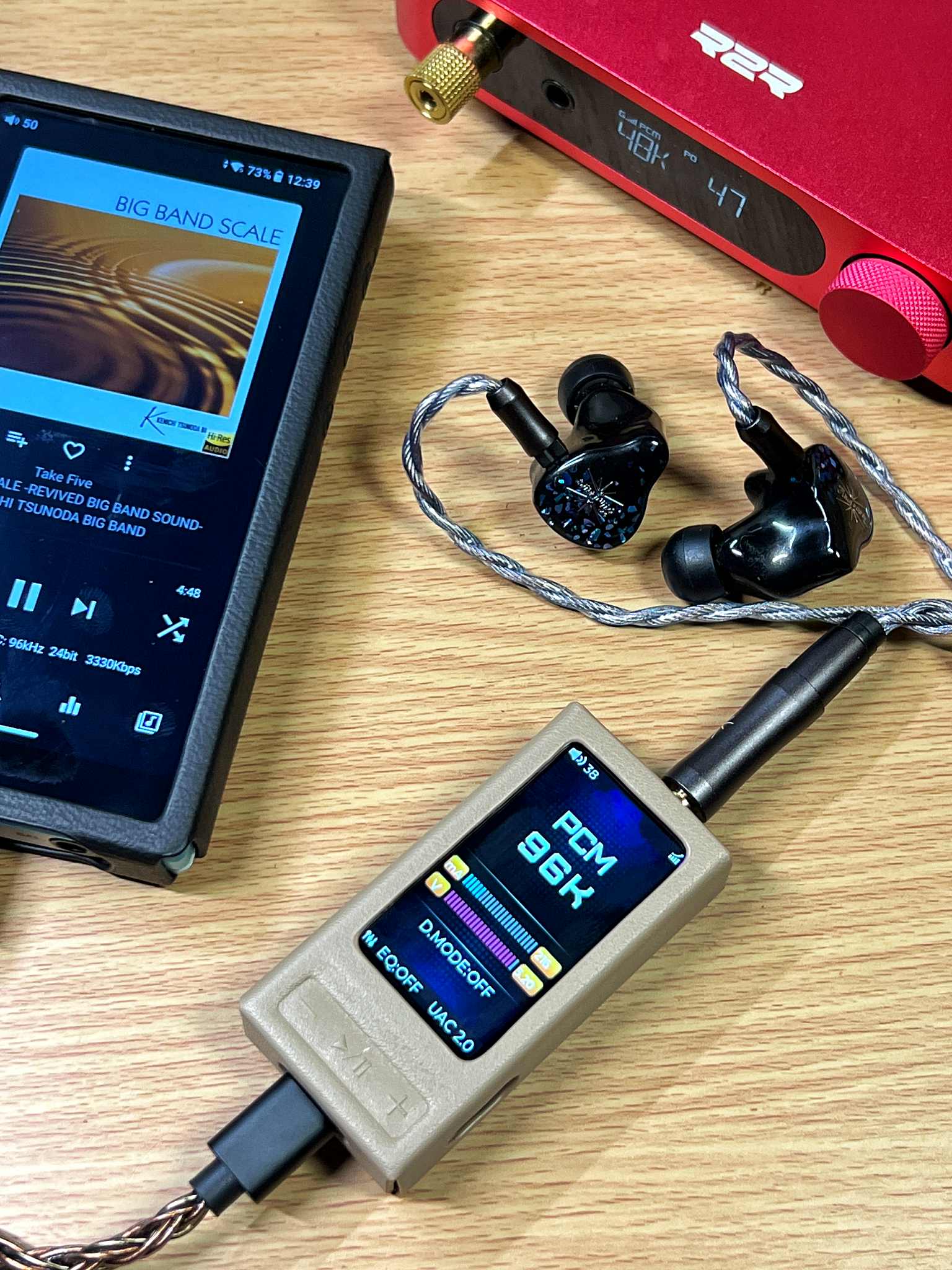
FiiO’s not just playing around in the dongle space anymore. The QX13 isn’t a toe-dip, it’s a full-on cannonball splash into territory that used to belong to entry-level DAPs. After using the KA13, KA15 and KA17, I figured FiiO had already maxed out what a dongle could be. Turns out, I was wrong. The QX13 doesn't just raise the bar, it throws it across the room. :)
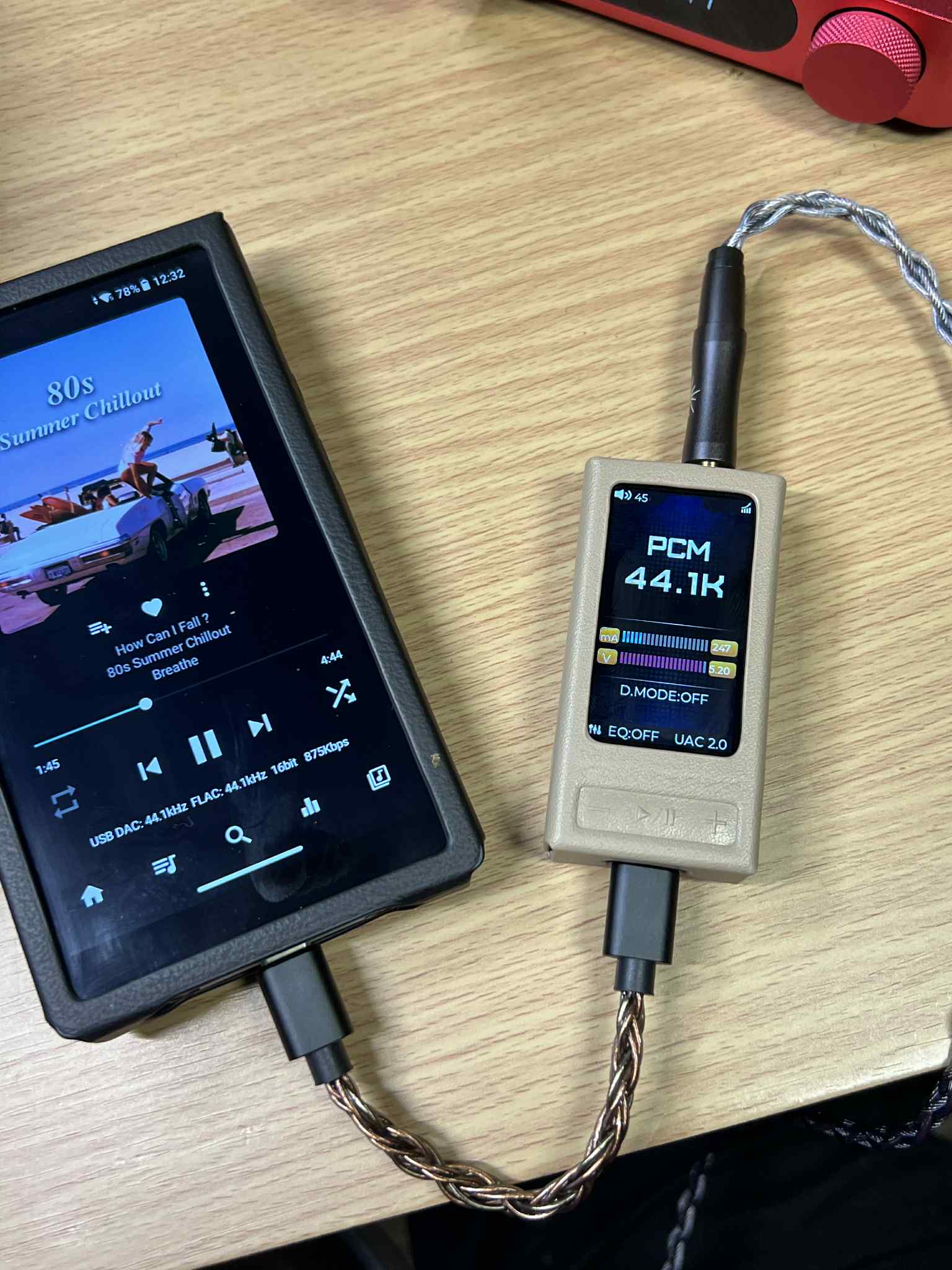
This is the most powerful dongle DAC I’ve ever tried so far. And I’m not just talking about volume here. I mean actual desktop-level power and performance packed into a chassis that fits in your pocket. This thing isn’t shy about flexing either. Right out of the box, the almost 2-inch color screen lights up bright and crisp. Its not just good looks it’s functional. The UI is snappy and clean, and surprisingly easy to navigate even with the limited real estate.
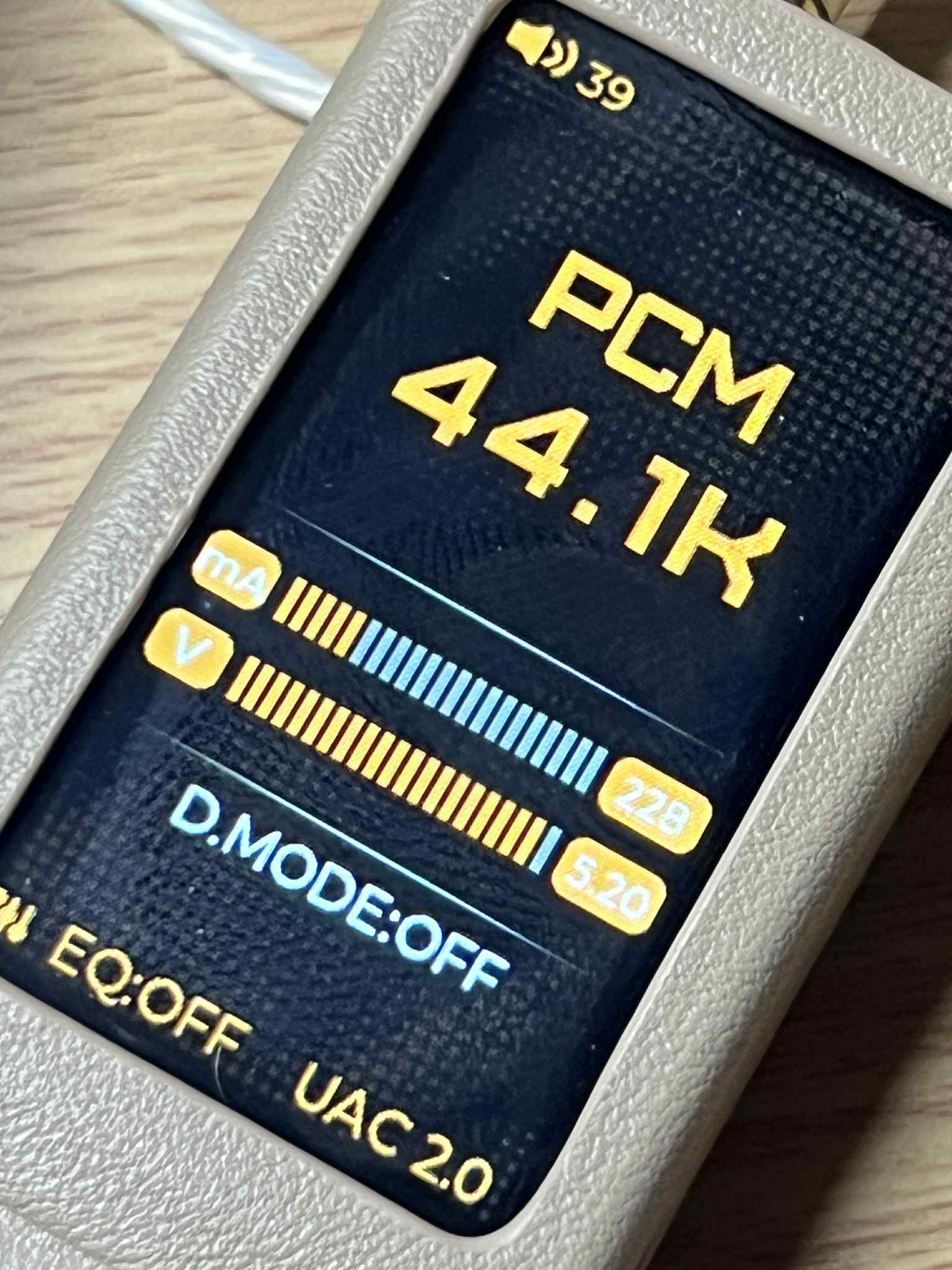
I genuinely appreciate when you dive into the deeper layers of the settings menu, it remembers exactly where you left off the next time you open it. It’s a small thing, but if you're constantly tweaking filters, gain, or EQ, it makes a big difference. No fumbling back through three submenus just to get where you were it picks up right where you paused. That kind of attention to detail tells me FiiO really thought about the user experience here, not just the specs.
What included in the box? check out my unboxing video of the QX13.

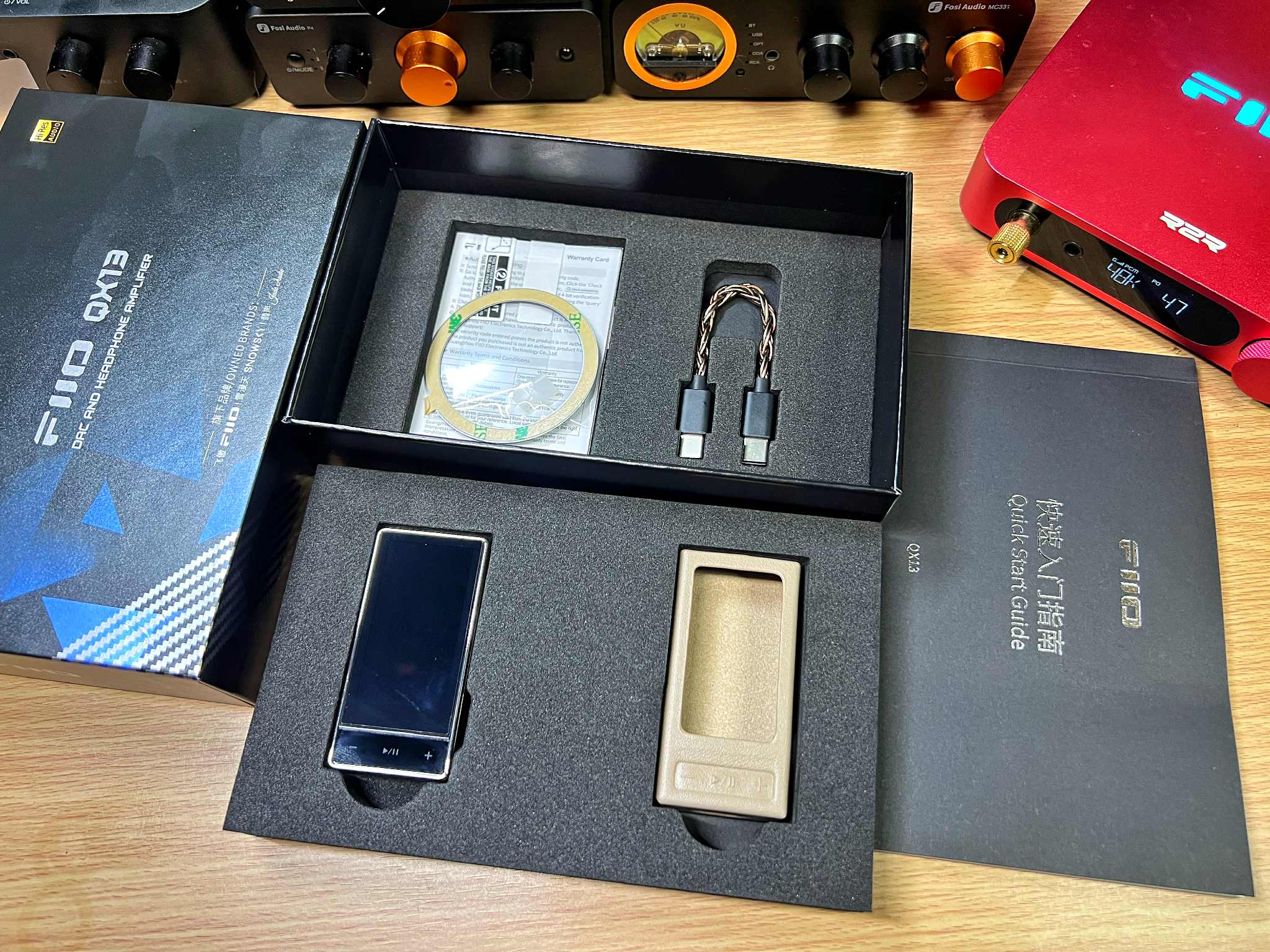
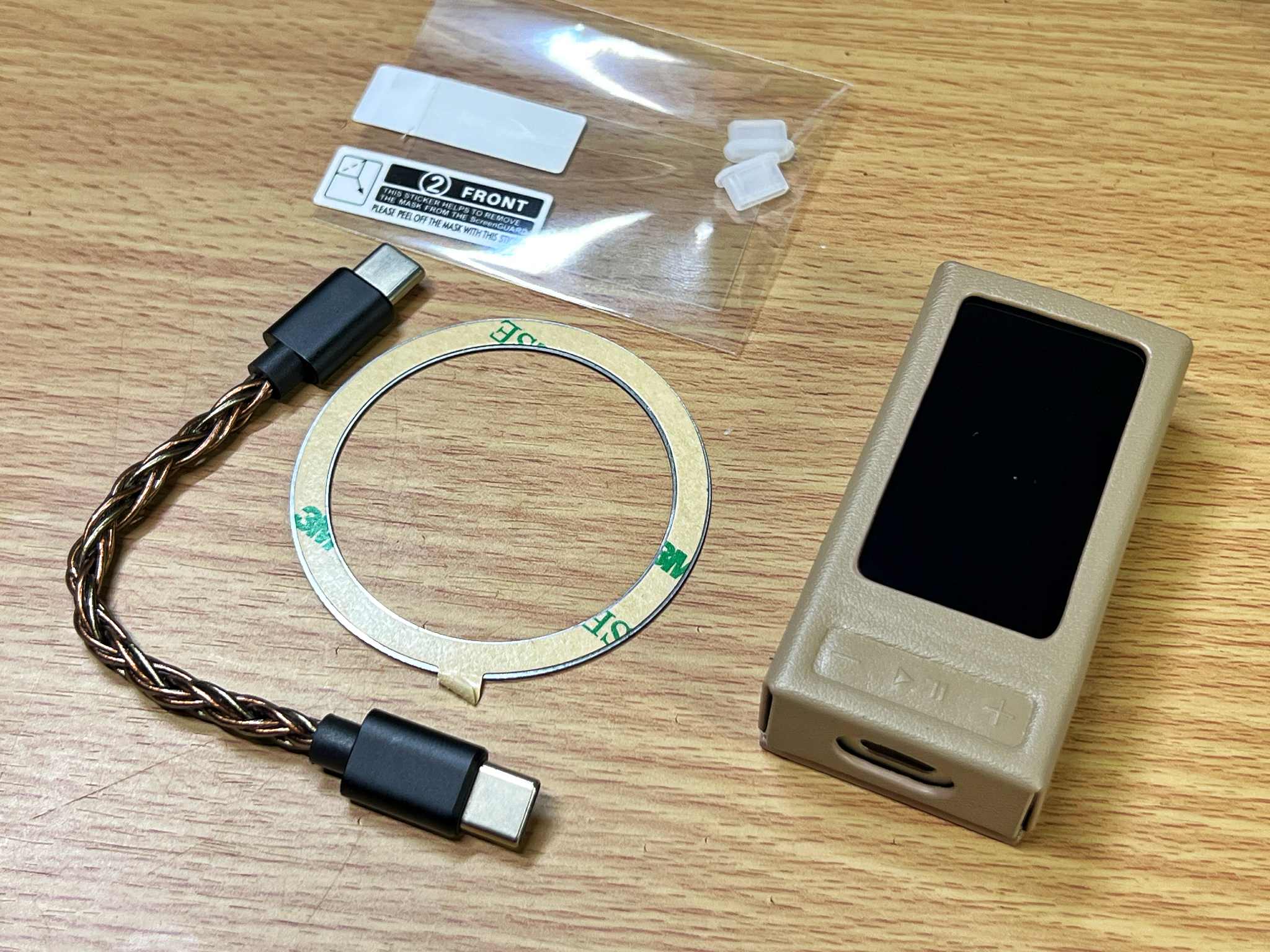
Build & Design
At first glance, the QX13 doesn't scream “dongle” at all. If anything, it looks more like someone shrunk down a full-blown DAP, stripped out the storage, and left everything else intact. It’s thick, solid, screen-forward, and clearly built to stand out not just hang off a USB cable like an afterthought.
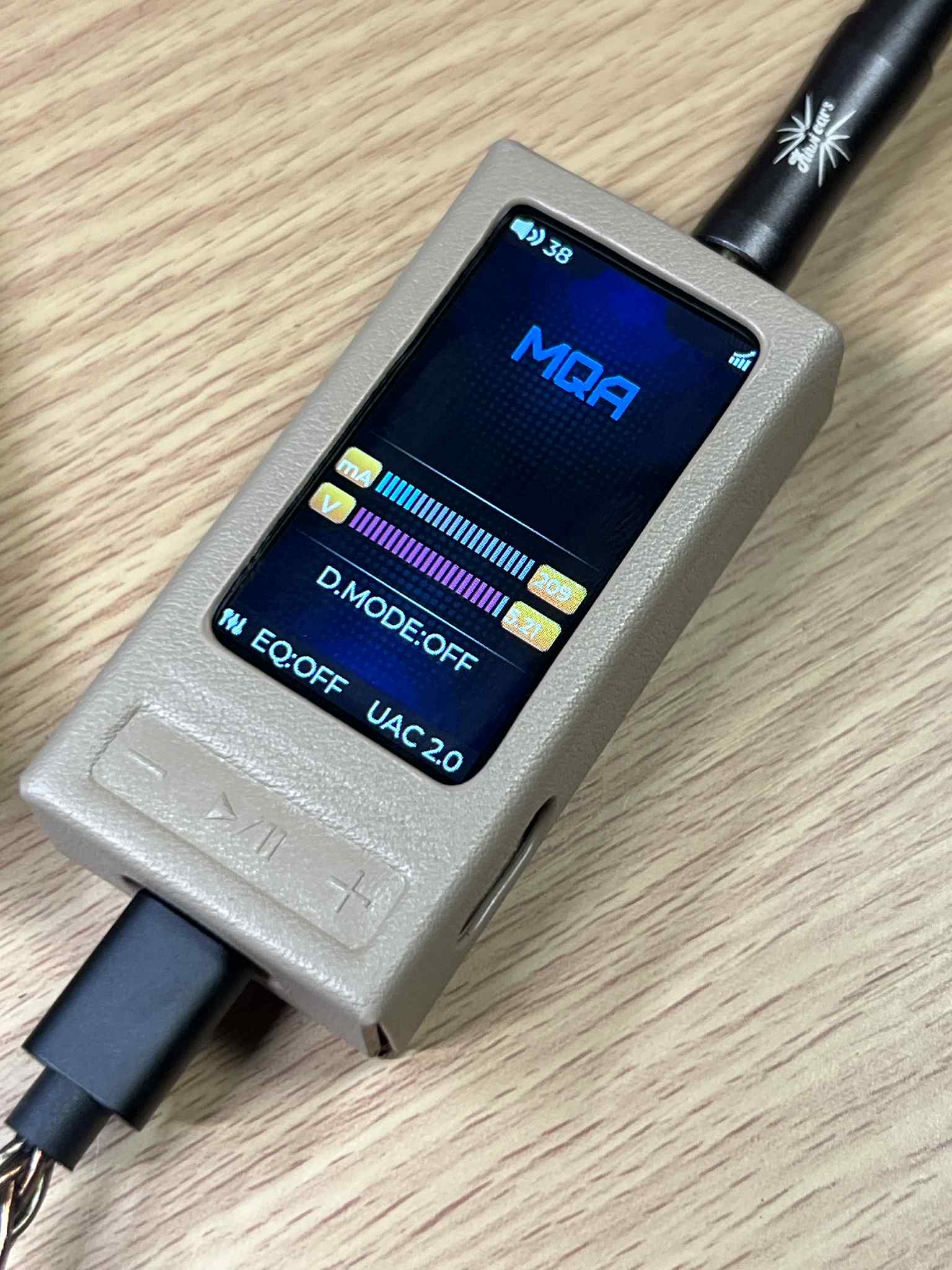
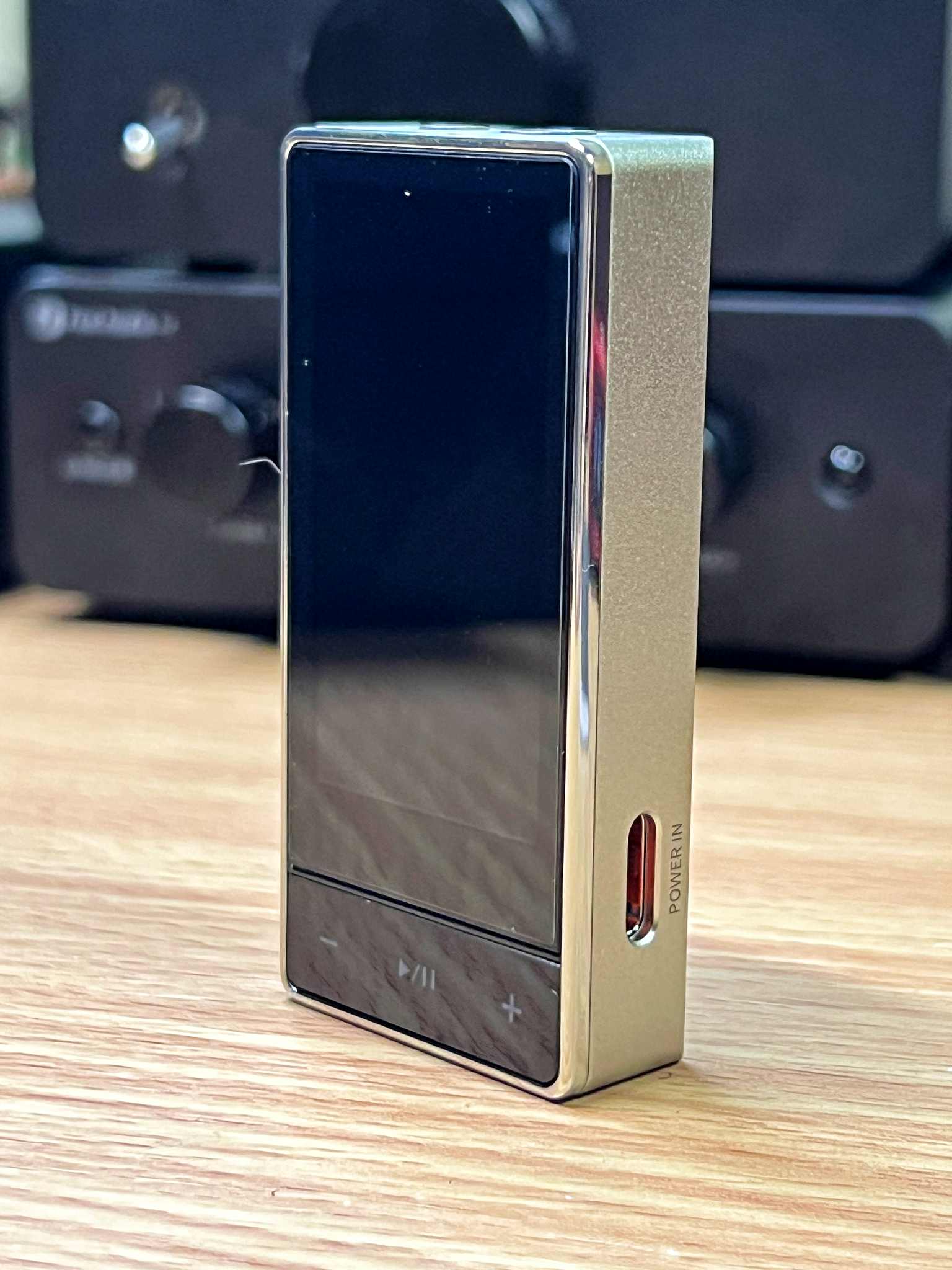
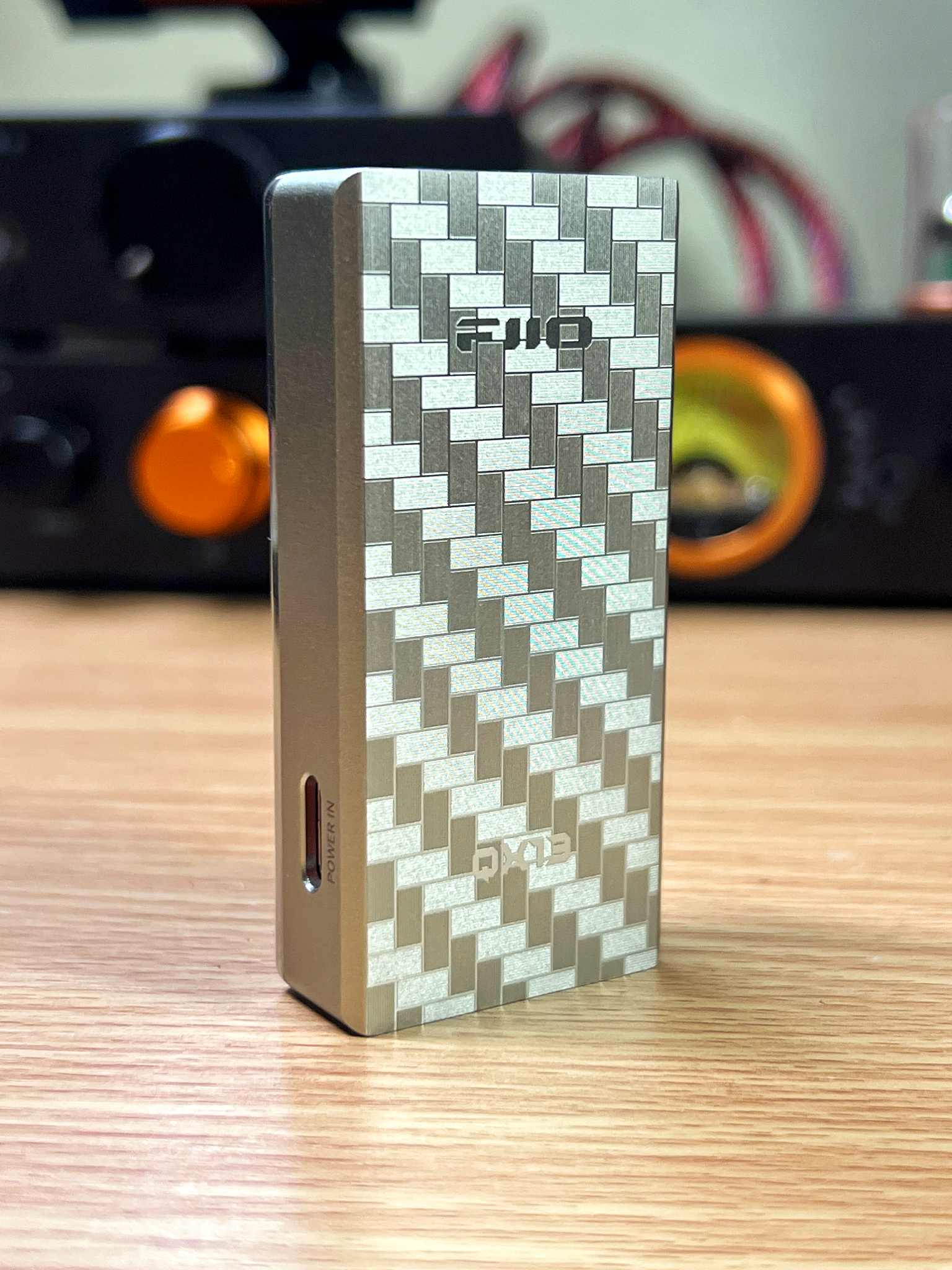
You get two shell options: a brushed titanium aluminum alloy or a full carbon fiber. Both look premium, but the carbon fiber version? That one hits different. It’s not just some aesthetic gimmick either. There’s real thought behind the material choice.

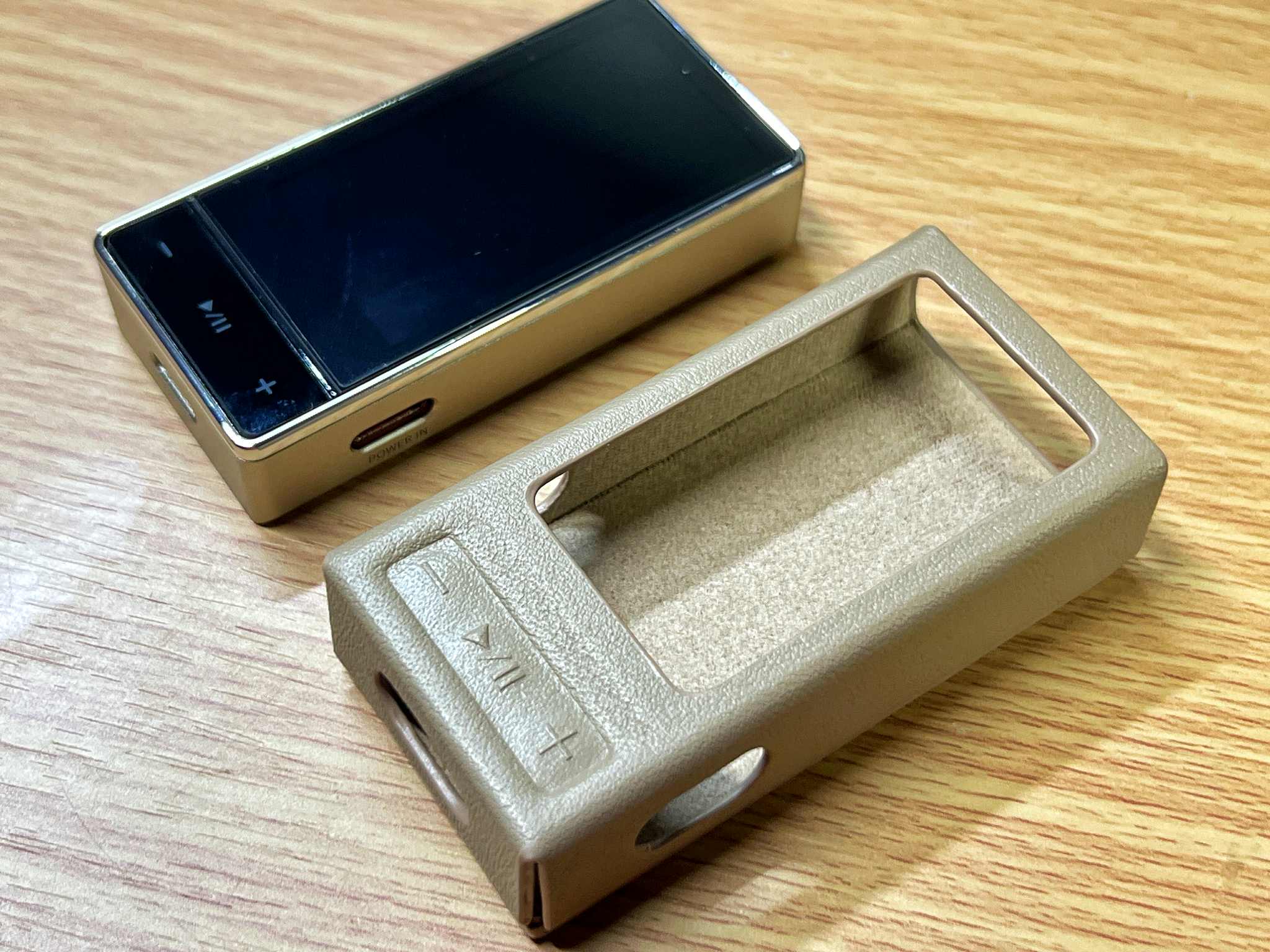
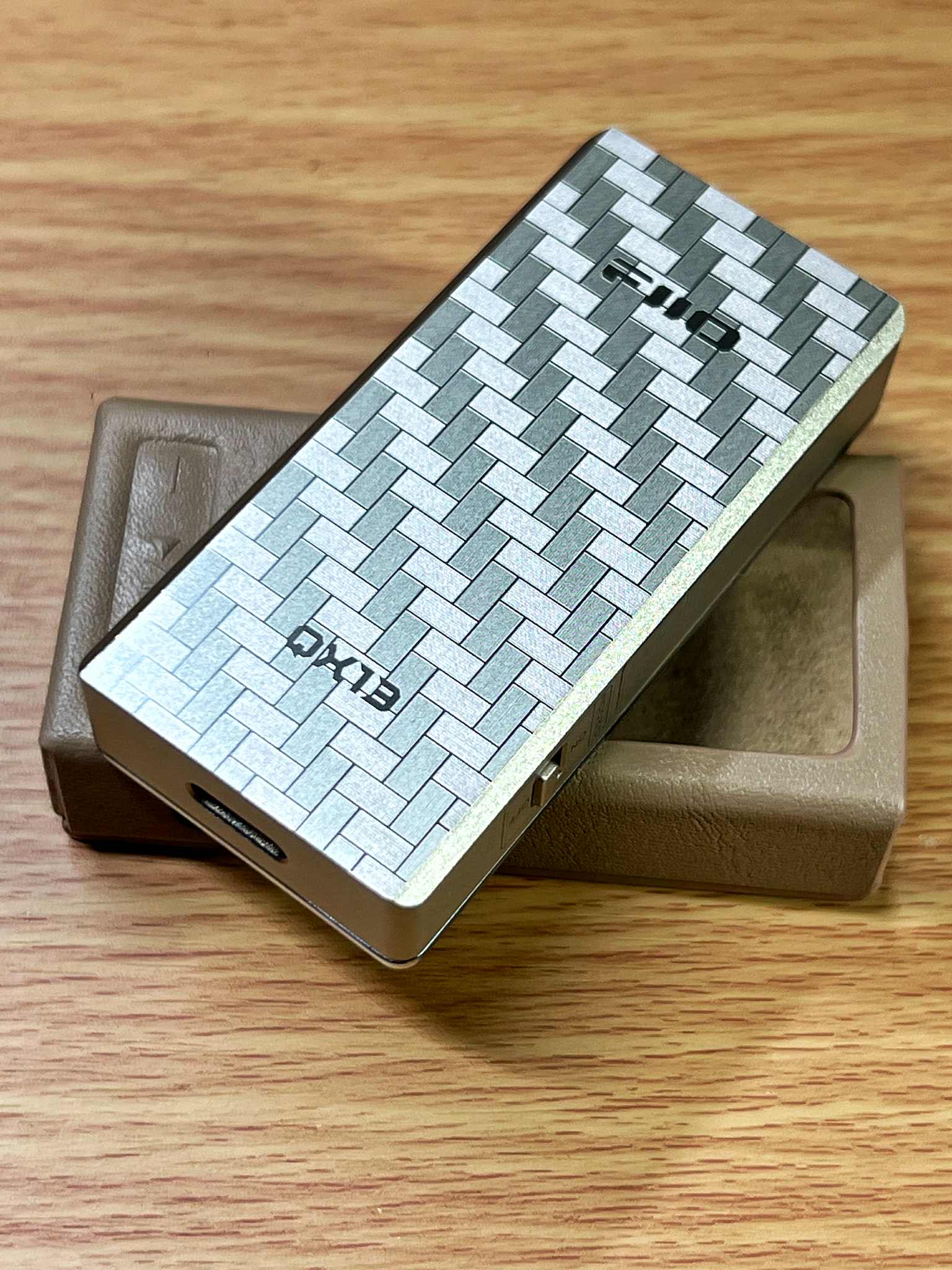
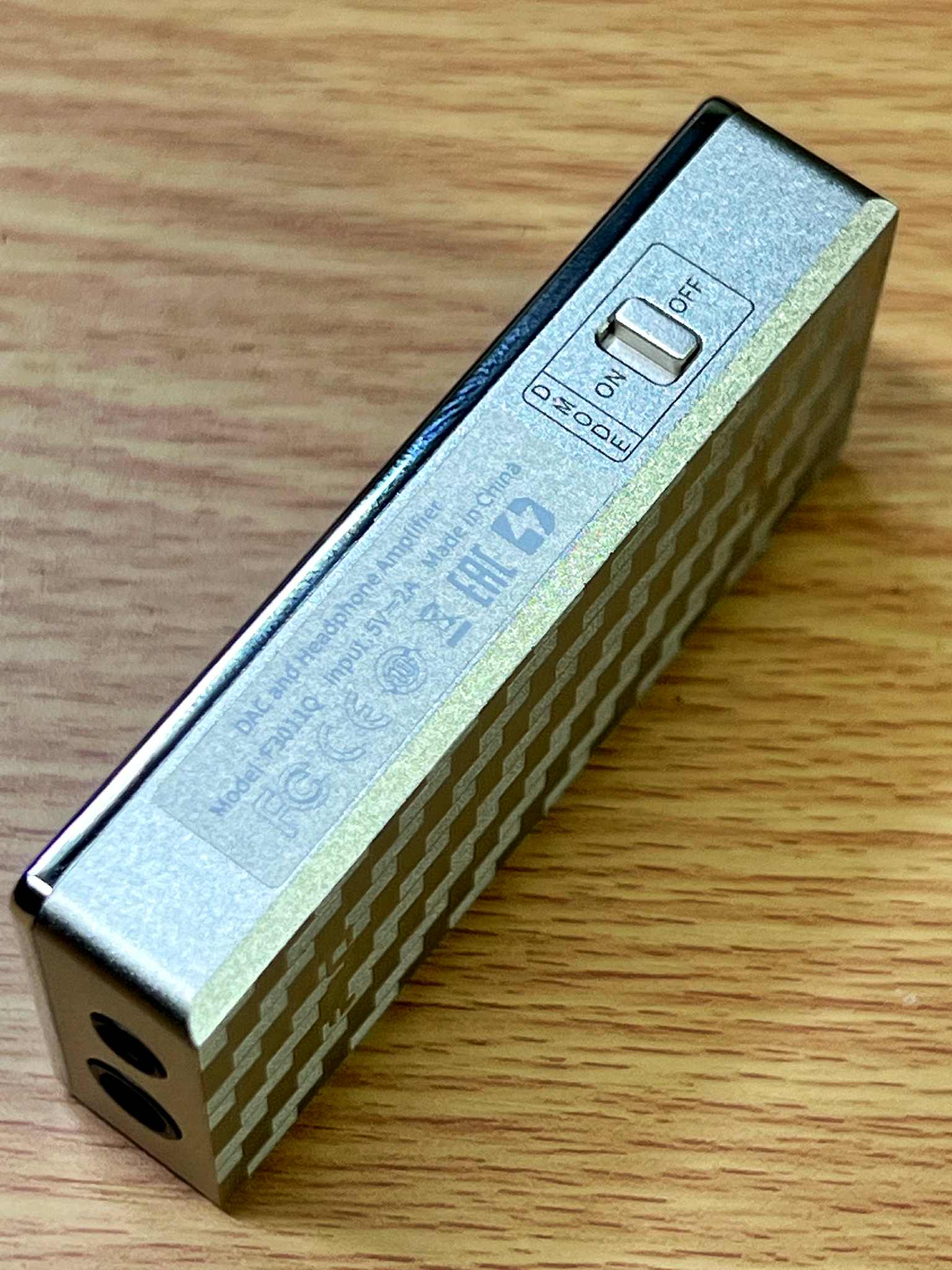
For starters, the carbon fiber version is about 6 grams lighter than the metal shell—33g vs 39g. That may not sound like much, but on something this small, that’s about a 15% difference in weight. If you're using it with your phone or tablet clipped together with a case or a MagSafe mount, every gram matters. And because carbon fiber doesn’t conduct heat the same way metal does, i would assume that it would feel noticeably cooler to the touch, even during long listening sessions or when pushing full desktop mode.

There’s also the electromagnetic shielding aspect, carbon fiber helps reduce interference, so even when it’s paired with sensitive IEMs or sandwiched between your phone and power bank, you’re not getting that annoying background hiss or USB whine. That’s something most dongles struggle with, especially when external power is involved. The QX13 stays clean and quiet.
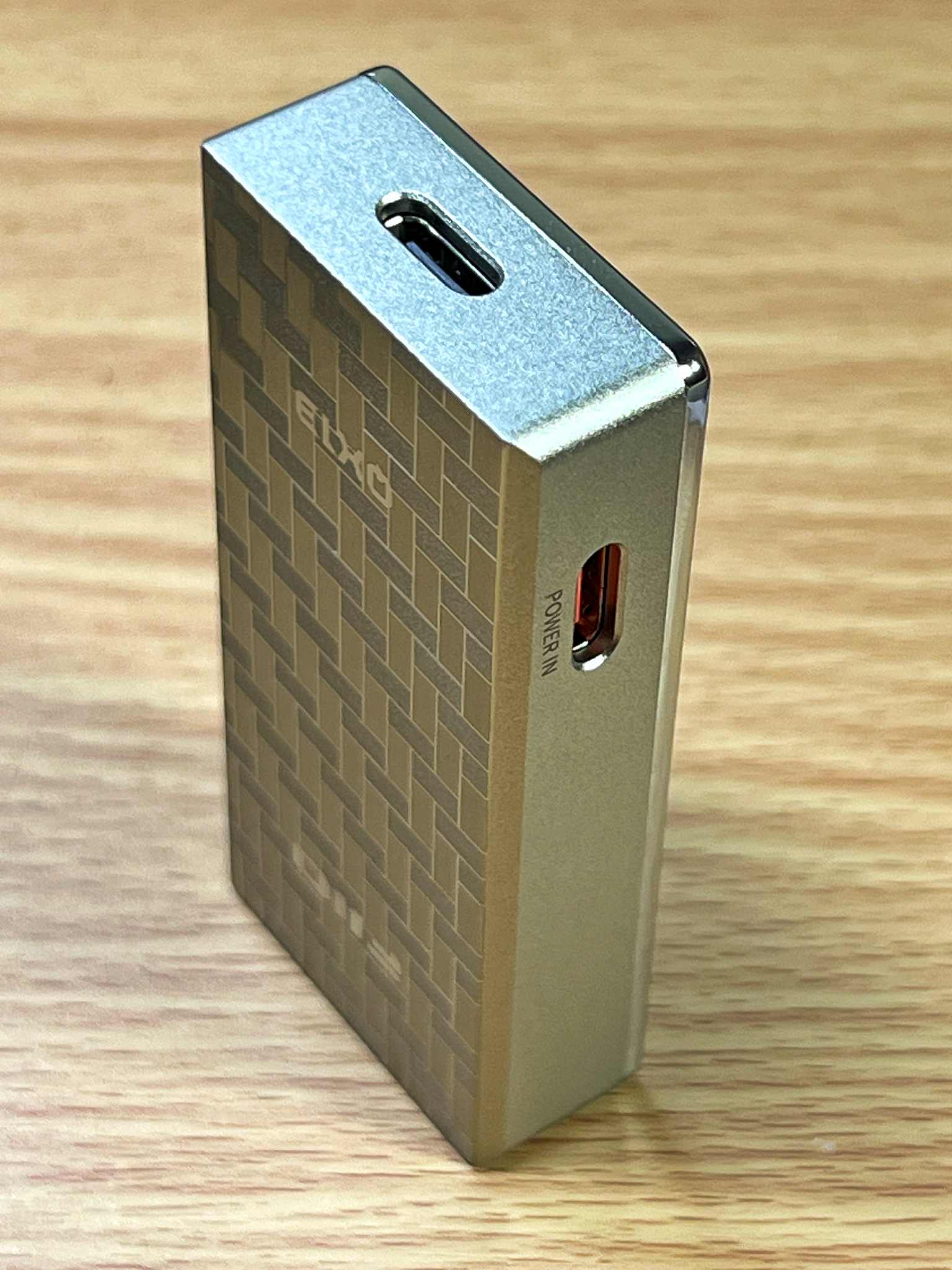
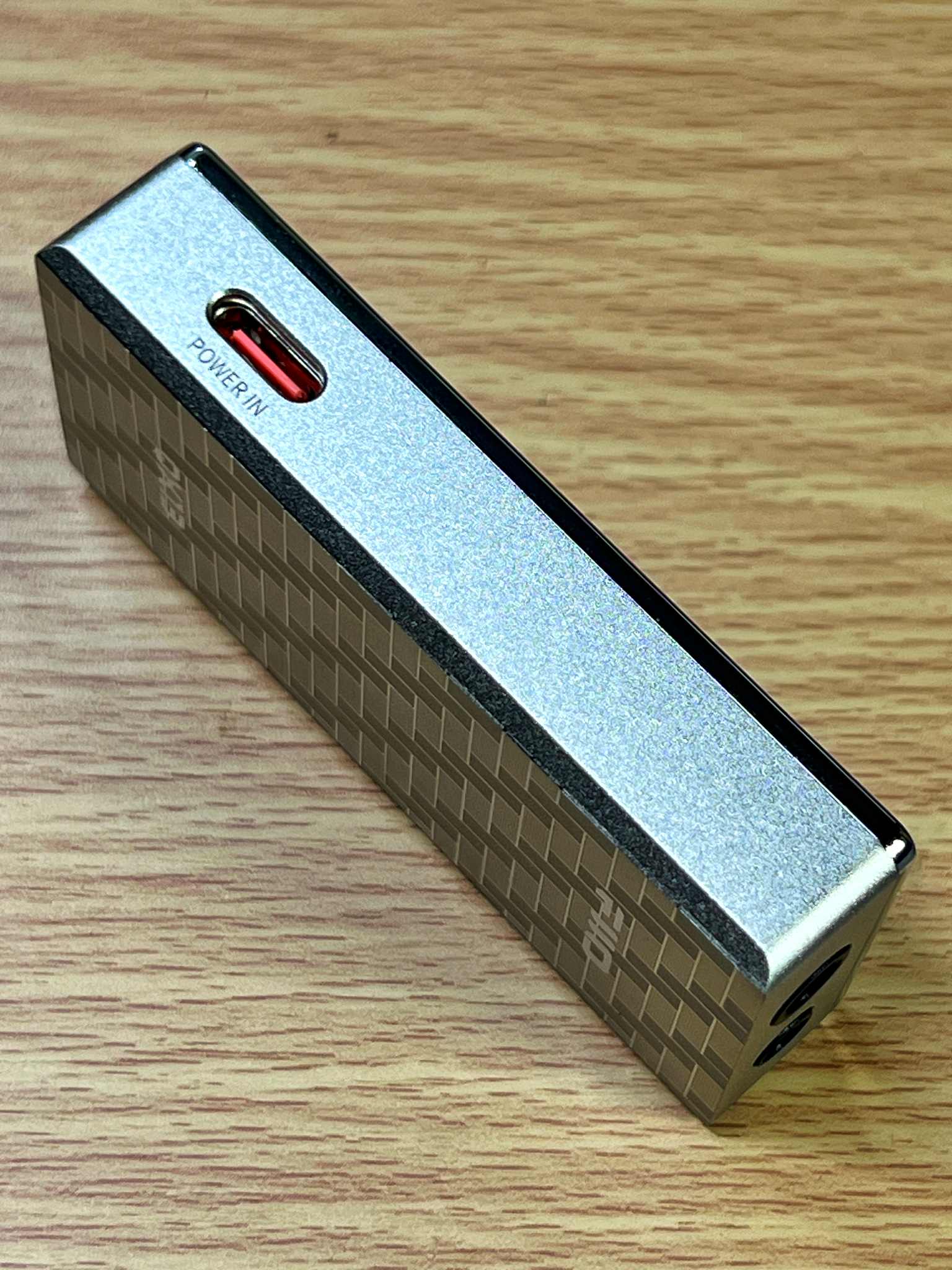


Build-wise, everything feels tight and well put together. No creaks, no cheap flex. The buttons have a nice click to them, the ports are snug and does not wiggle, and the 2-inch screen is protected by Corning’s third-gen reinforced glass, which gives it that polished, almost smartwatch-like finish. It feels less like an accessory and more like a proper device something designed to be used and touched every day, not just left dangling off your DAC chain.
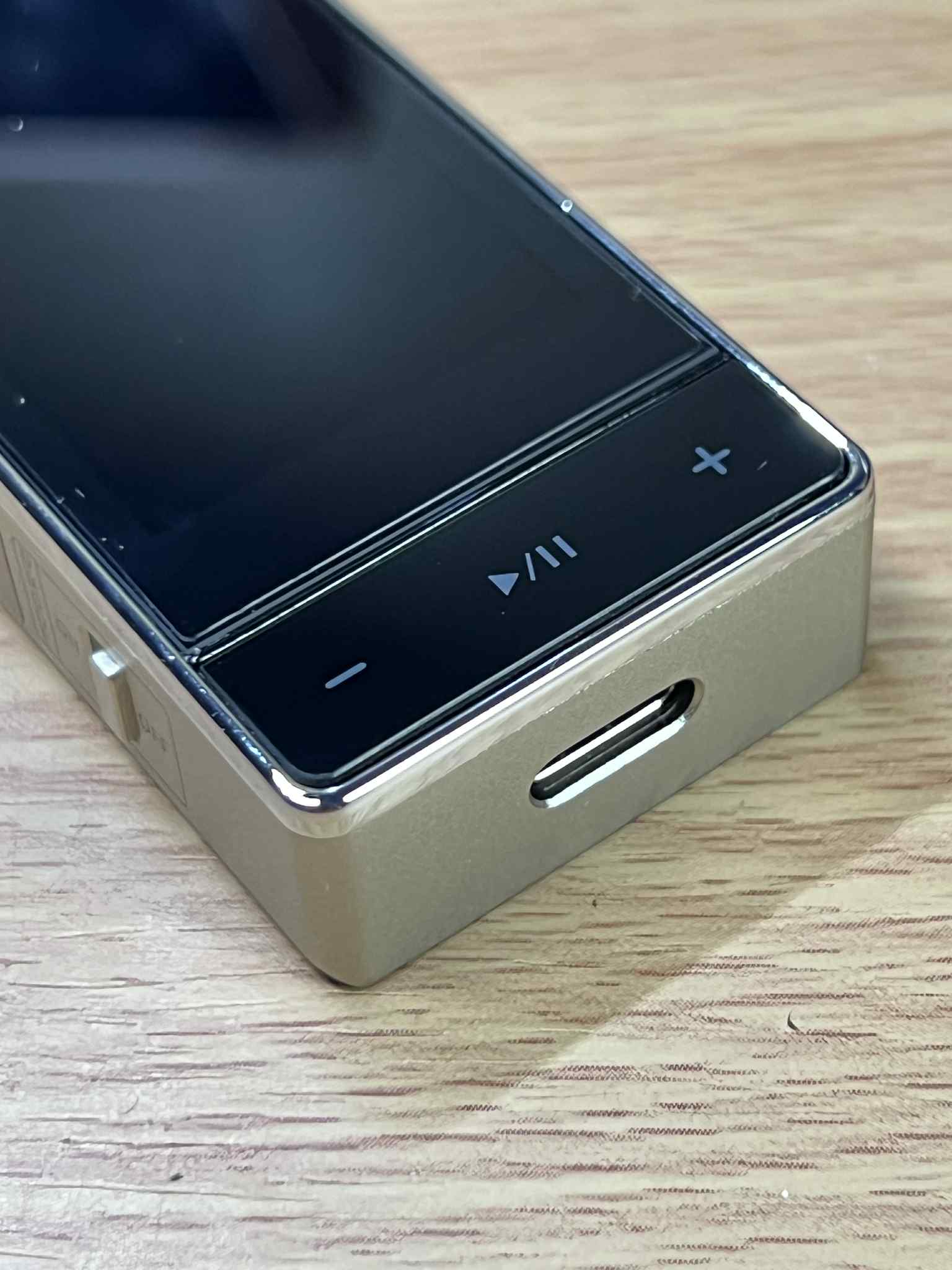
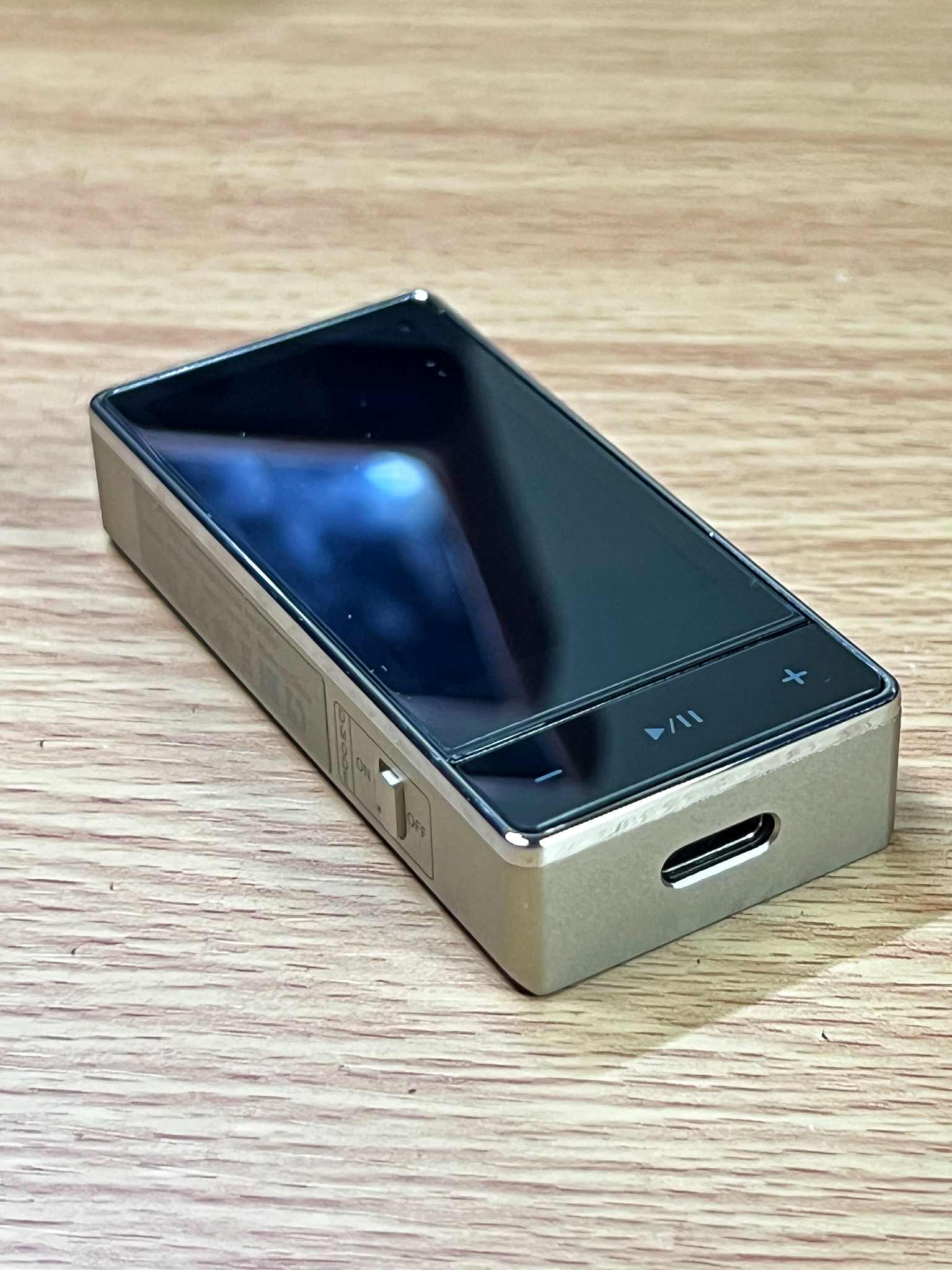
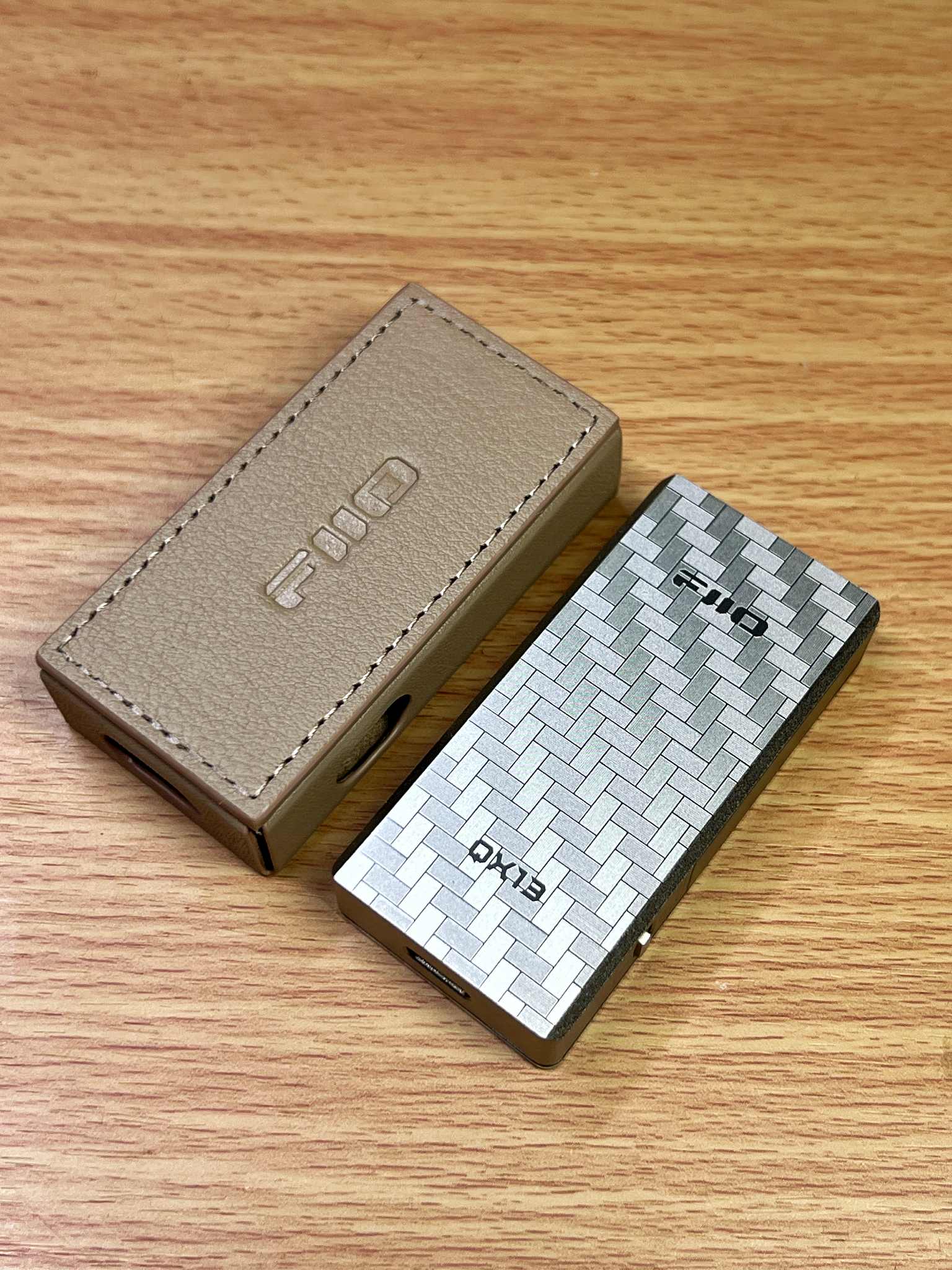
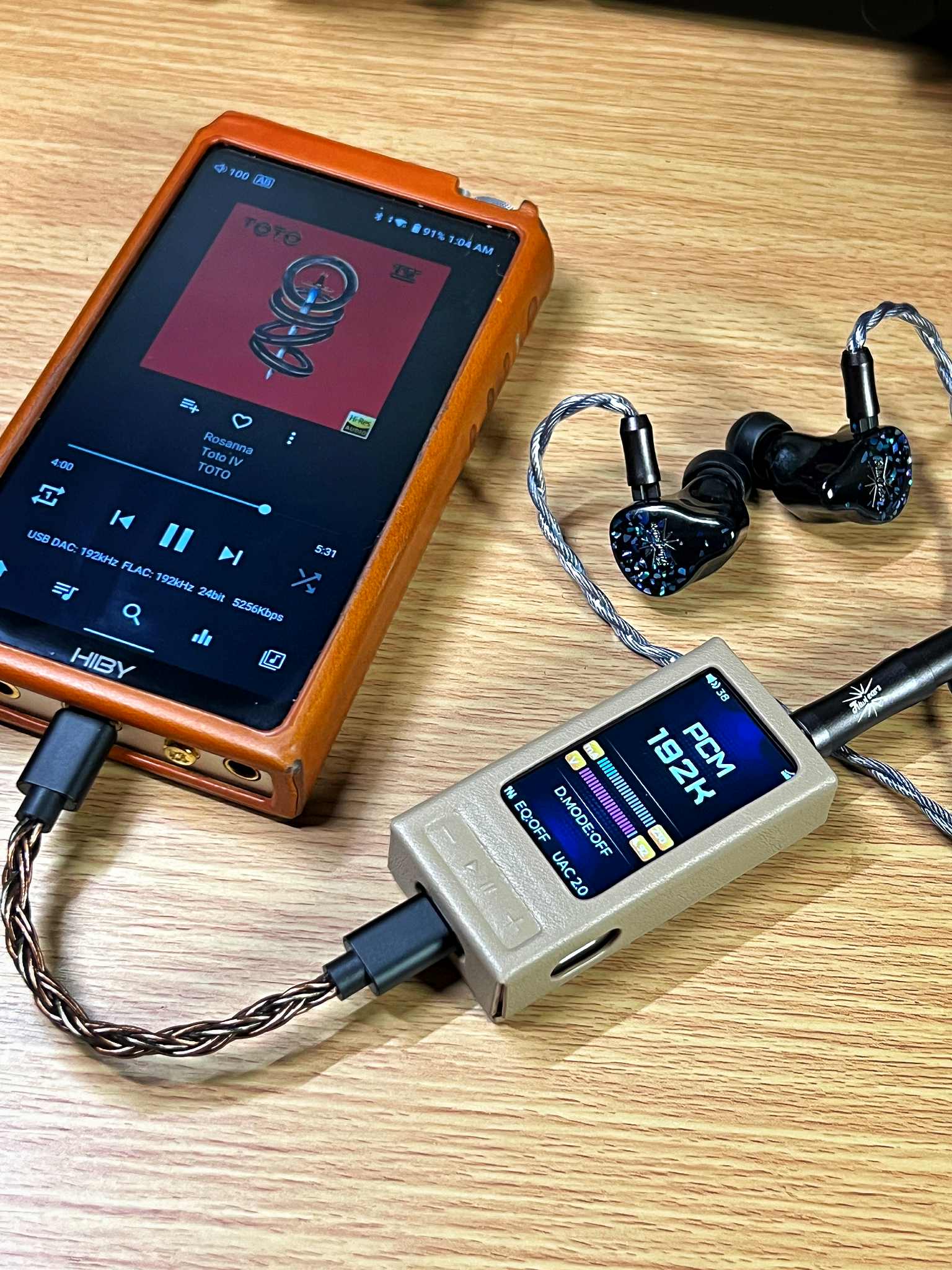
This thing is a little chunky. It’s not one of those ultra-thin stick-style dongles you can forget is plugged in. It’s got presence. But in this case, that’s kind of the point. The QX13 doesn’t want to hide it wants to be part of your setup. And once you hold it in your hand, you get why.
The QX13 is packing:
ESS Sabre ES9027PRO, an 8-channel DAC from the same series as the ES9039MPRO. This is FiiO’s first dongle to feature a SABRE PRO chip.
6 TI op-amps, including four INA1620s in a parallel + balanced configuration.
XMOS XU316, a 16-core USB processor that handles high-res decoding up to PCM 768kHz and native DSD512.
MQA Full Decode (if that’s still your thing).
Dual output: 3.5mm SE + 4.4mm balanced.
What really sets the QX13 apart from other dongles even from FiiO’s own lineup is how it handles power. This thing isn’t just throwing raw wattage around; it’s actually smart about it. In regular mode, it runs directly off your phone or tablet’s USB power, and it’s surprisingly efficient. You can pair it with a smartphone or DAP and still get great performance without draining your battery too fast or making your device feel like it’s melting.
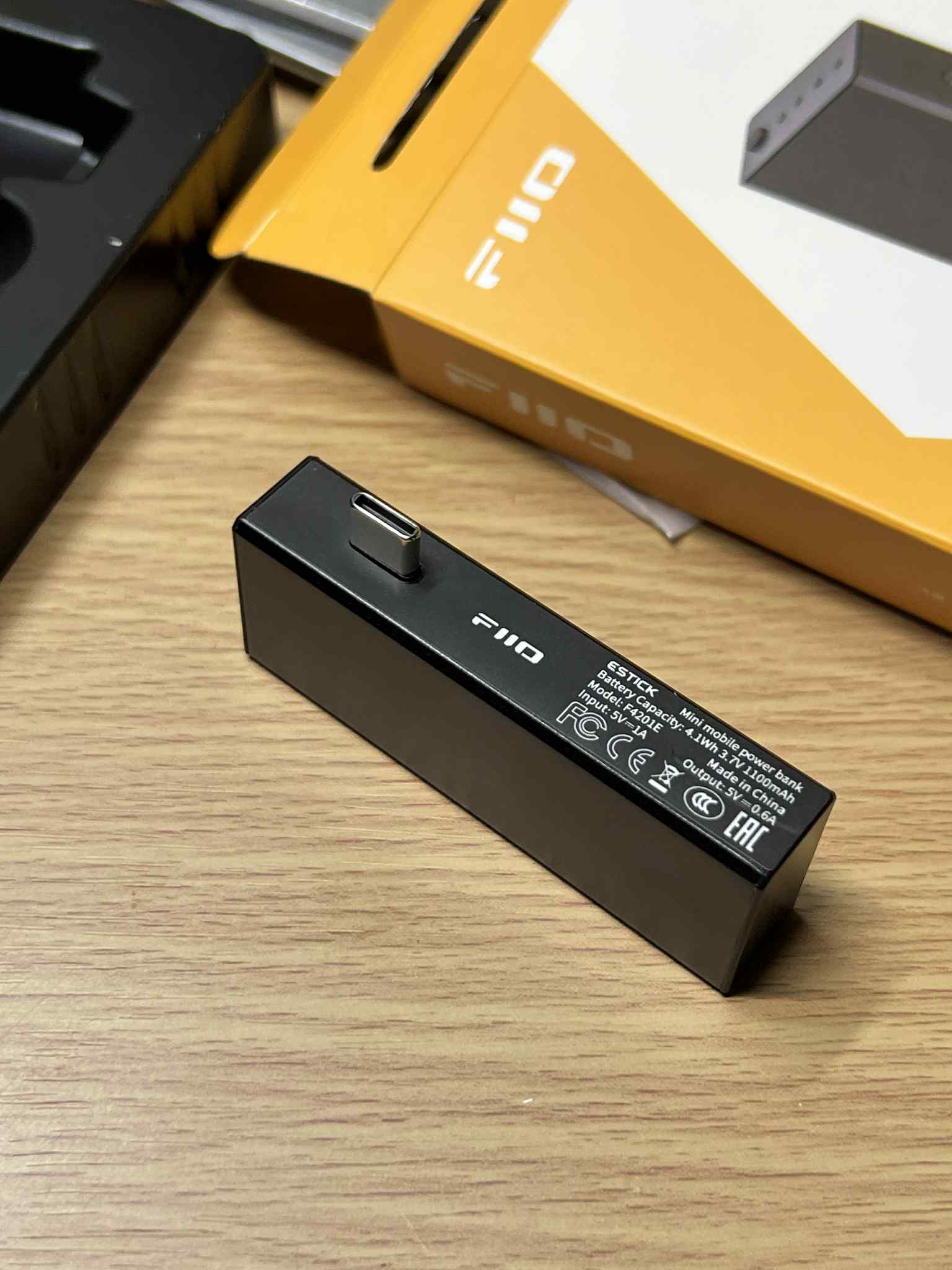
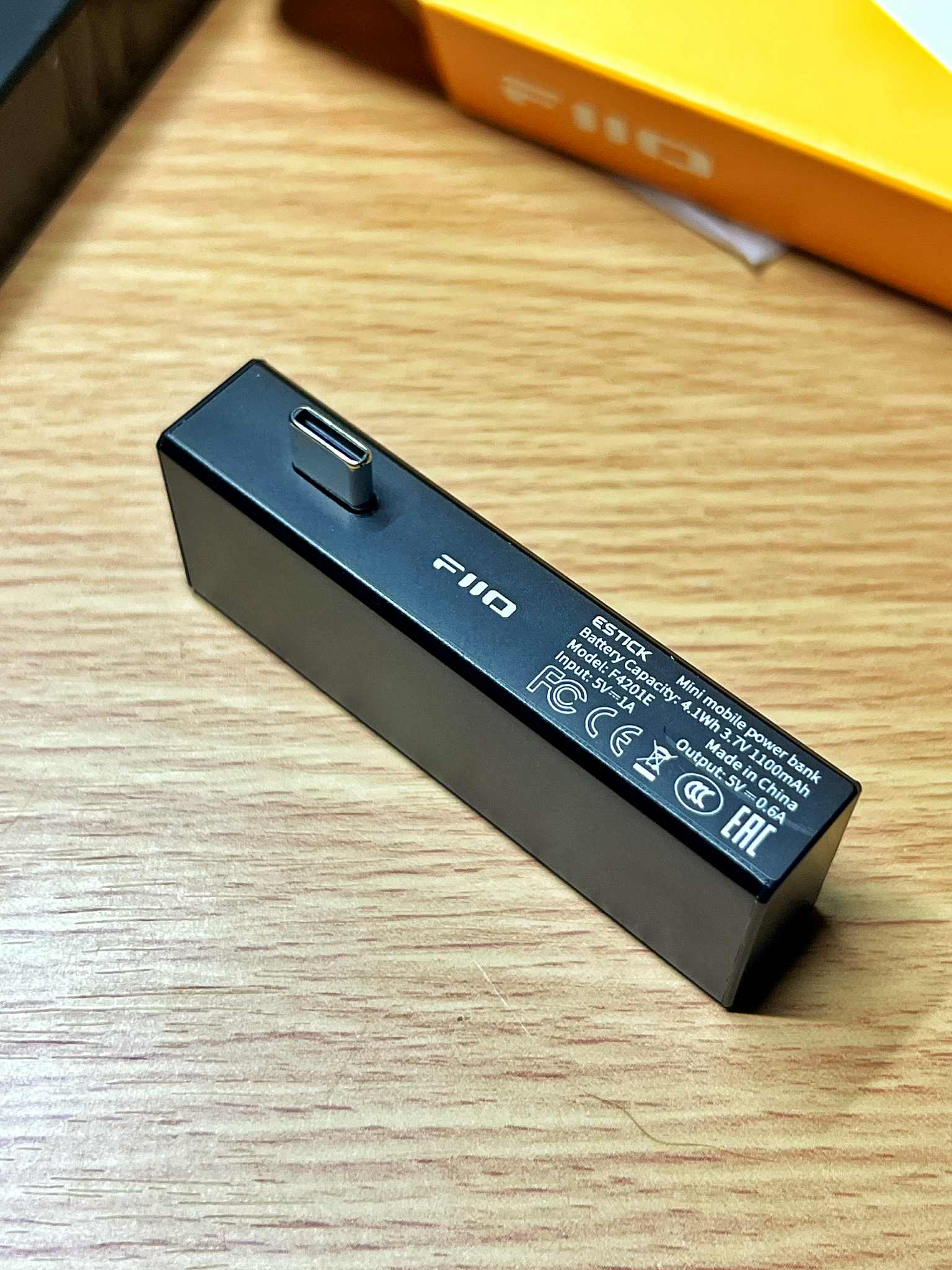
But once you plug in an external power source like FiiO’s own EStick or a USB-C PD adapter, that’s when the QX13 switches gears. You can toggle it into “Desktop Mode,” and suddenly this compact dongle transforms into a full-blown powerhouse. In balanced output, it pushes up to 900mW + 900mW at 32Ω. That’s not a typo. That’s real desktop amp territory coming out of something that fits in the palm of your hand.
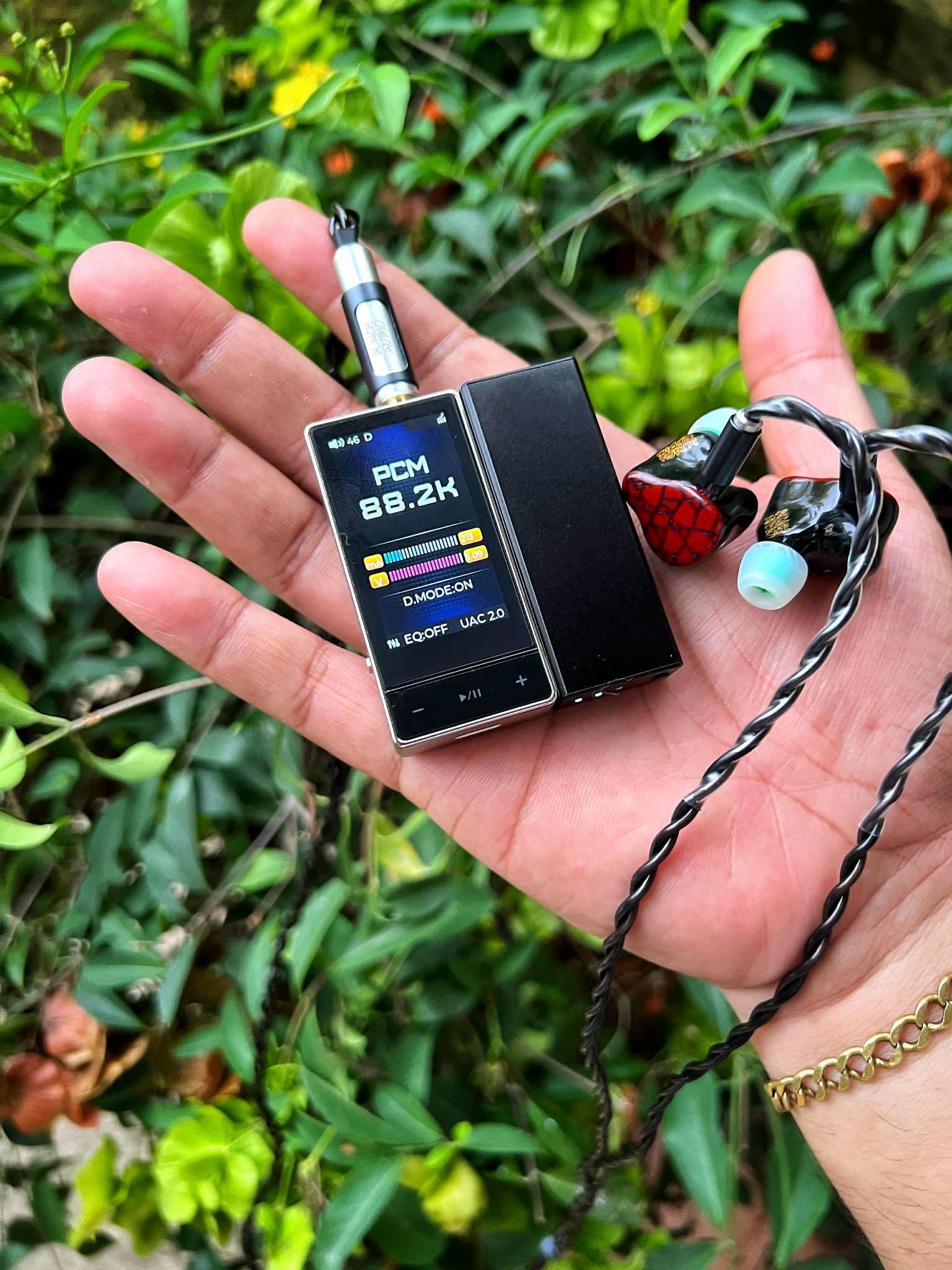
To put it in perspective, the QX13 puts out around 46% more power than the KA17, which was already pretty powerful for a dongle. What’s more impressive is that it manages to be 23% more power efficient while doing it. That means less heat, less stress on your phone or tablet, and better battery life overall even when you're not using external power.
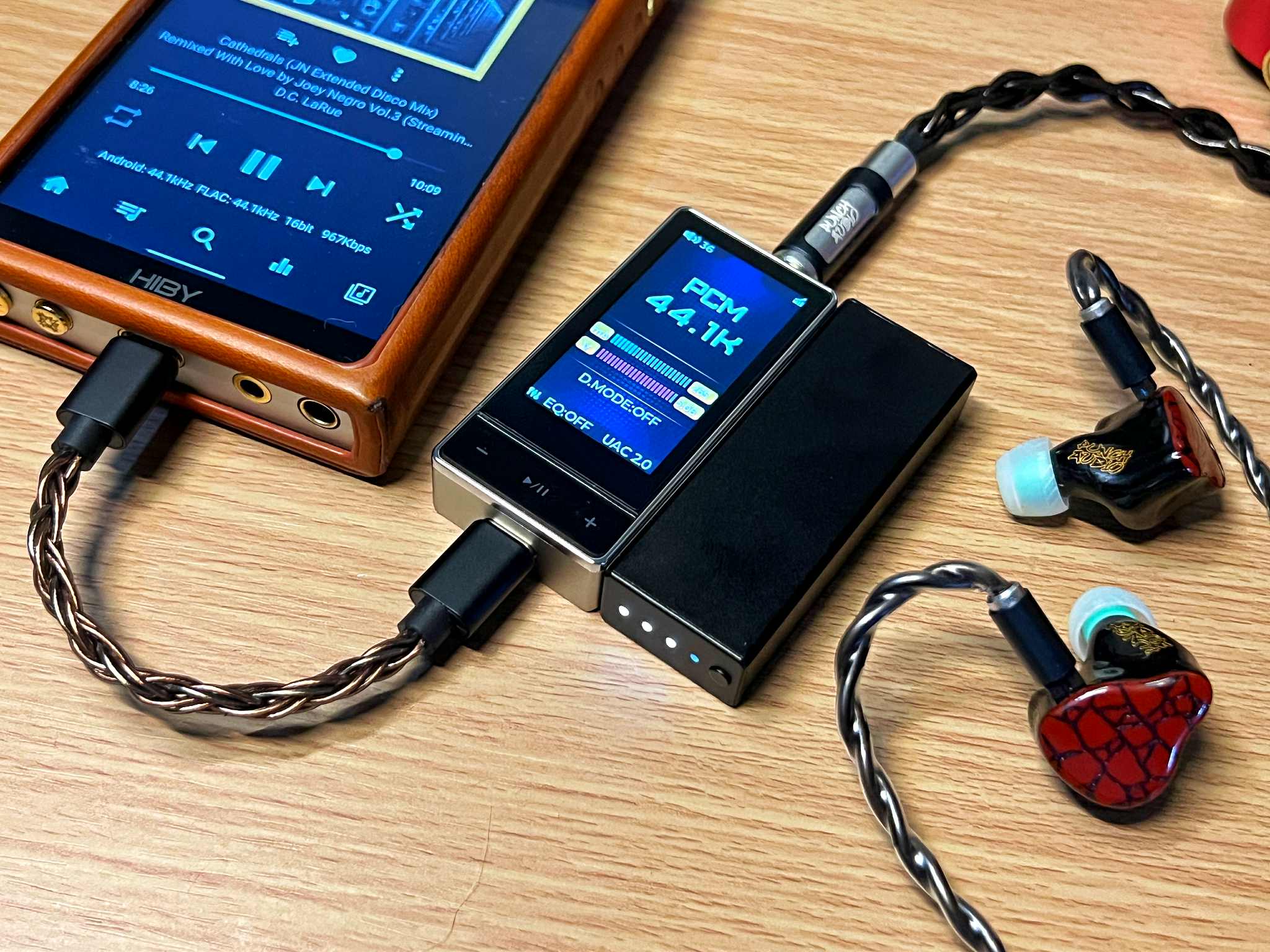
FiiO pulled this off using dynamic voltage detection and a fully variable power supply. Basically, it adapts on the fly based on your headphones’ load and your chosen gain level. There’s even a bar graph on the home screen showing real-time voltage and current draw almost like having a built-in Power-Z meter. So not only is it powerful, but it's also smart about how and when to use that power.
This isn’t just brute force this is well-engineered performance that scales up or down depending on what you're plugging in. Whether you're driving a pair of demanding planars or just relaxing with some easy-to-drive IEMs, the QX13 gives you control and headroom without frying your gear or your phone battery.
UI & Usability
Most dongles with screens feel like an afterthought. They either try too hard to look fancy with clunky UI, or they cram too many options into a tiny display that’s a pain to navigate. But the QX13 actually gets it right. The 2-inch color screen isn’t just there to look cool (though it definitely does); it’s sharp, responsive, and genuinely functional. You can tell FiiO spent time making sure it works with the device instead of just being slapped on for spec-sheet bragging rights and maybe on future firmware updates FiiO will give us a analog looking VU meter or a volume spectrum.
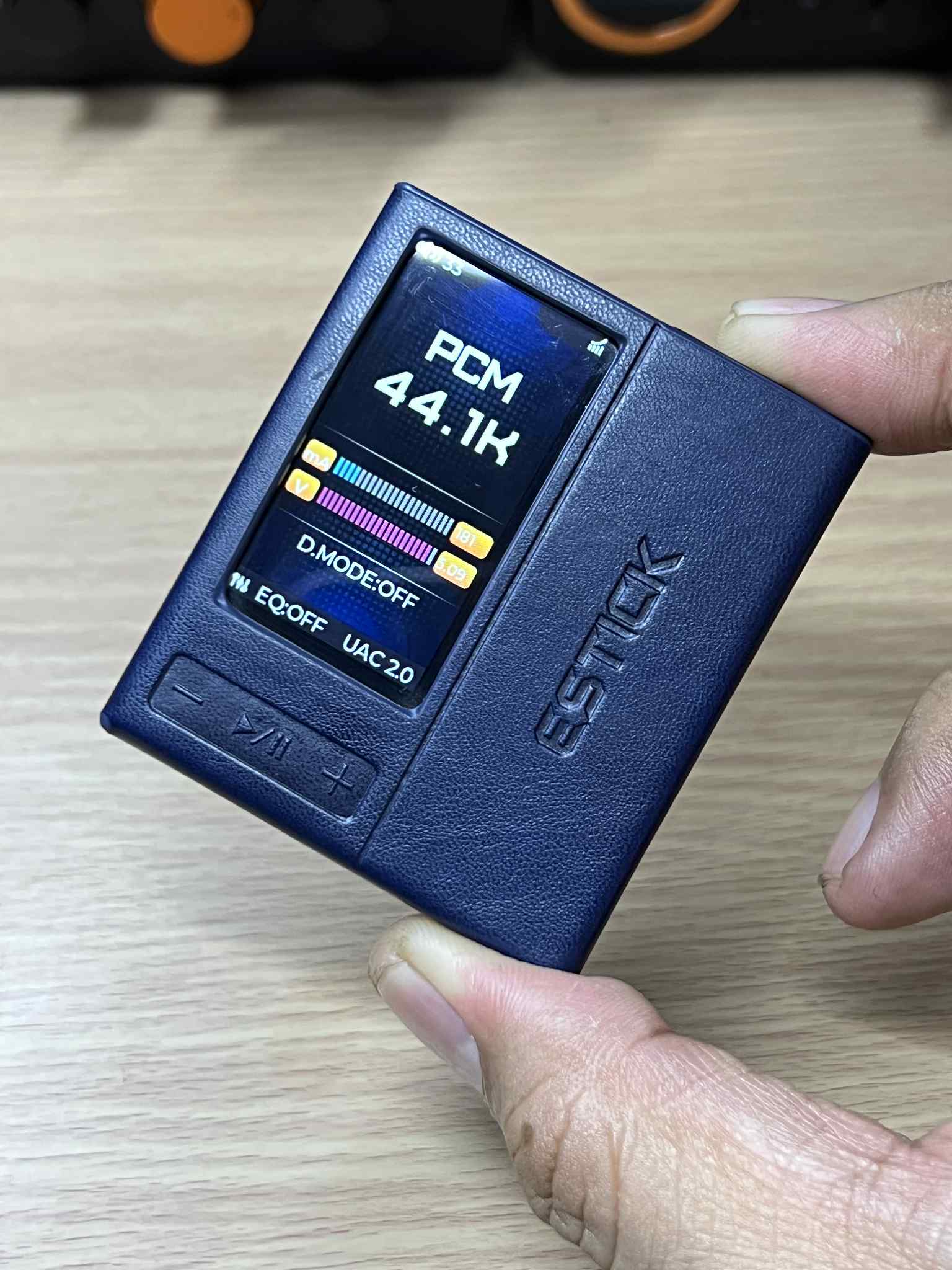
The menu layout is clean and intuitive. Nothing feels buried or hard to reach. You can toggle through all the important stuff quickly:
Gain settings (Low/High) depending on what you’re driving
10-band PEQ, and yep, it’s not just for show—each band is precise and actually makes a difference
Digital filter options, five in total, so you can shape the sound to your liking
Channel balance
Coaxial mode, no need to unplug and replug anything
USB mode switching UAC - UAC 2.0 (so you can control how it interacts with your source)
Real-time voltage and current readouts, displayed as a live bar graph—super handy if you’re curious about what the device is drawing, especially in desktop mode.
One thing I really appreciate: it remembers where you left off in the menu. Let’s say you’re deep into PEQ tweaking, then back out to play music you come back later, and it’s still right there where you left it. That little touch alone makes the whole interface feel polished. You don’t have to dig through submenus every single time just to get back to what you were adjusting.
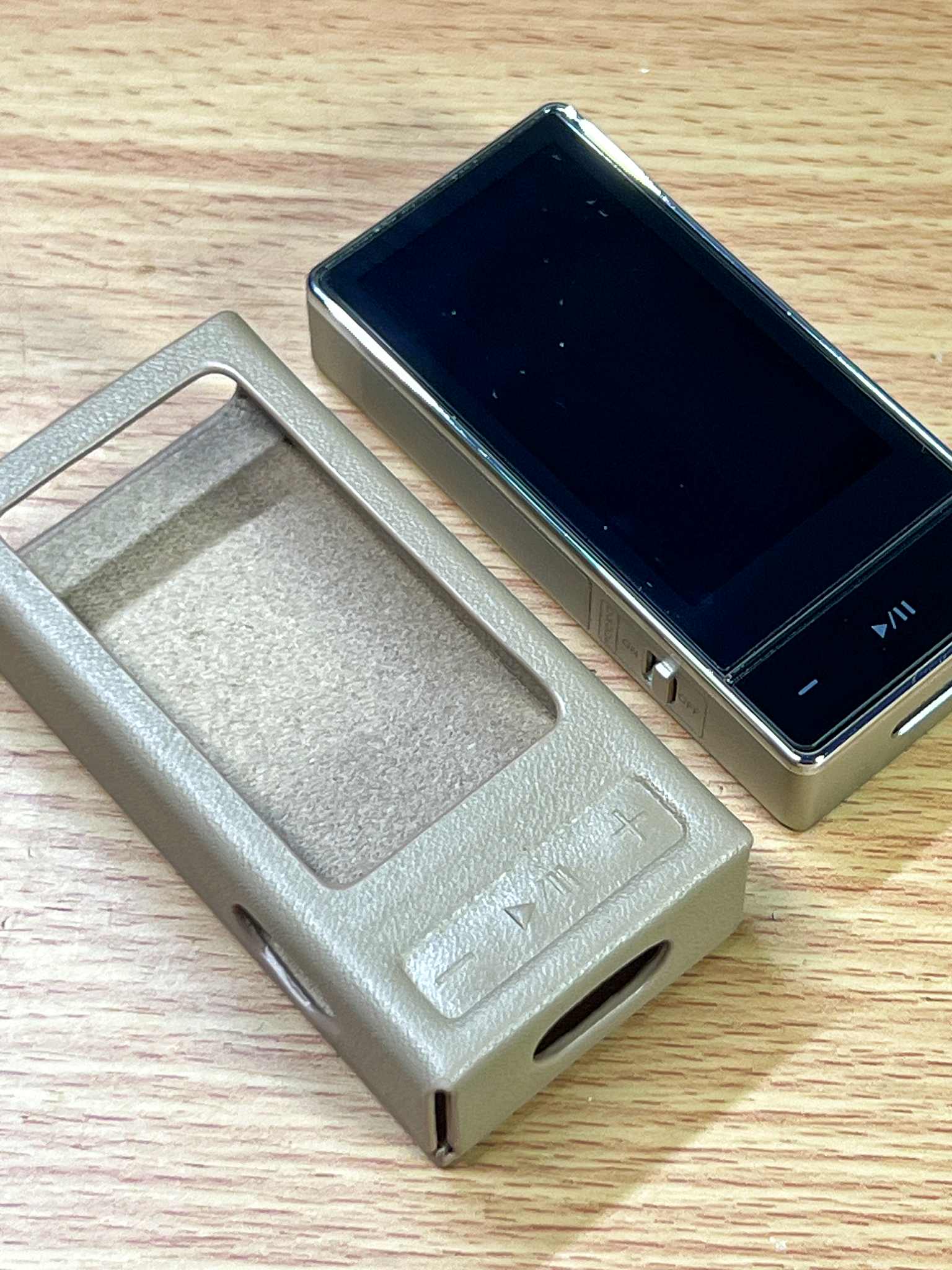
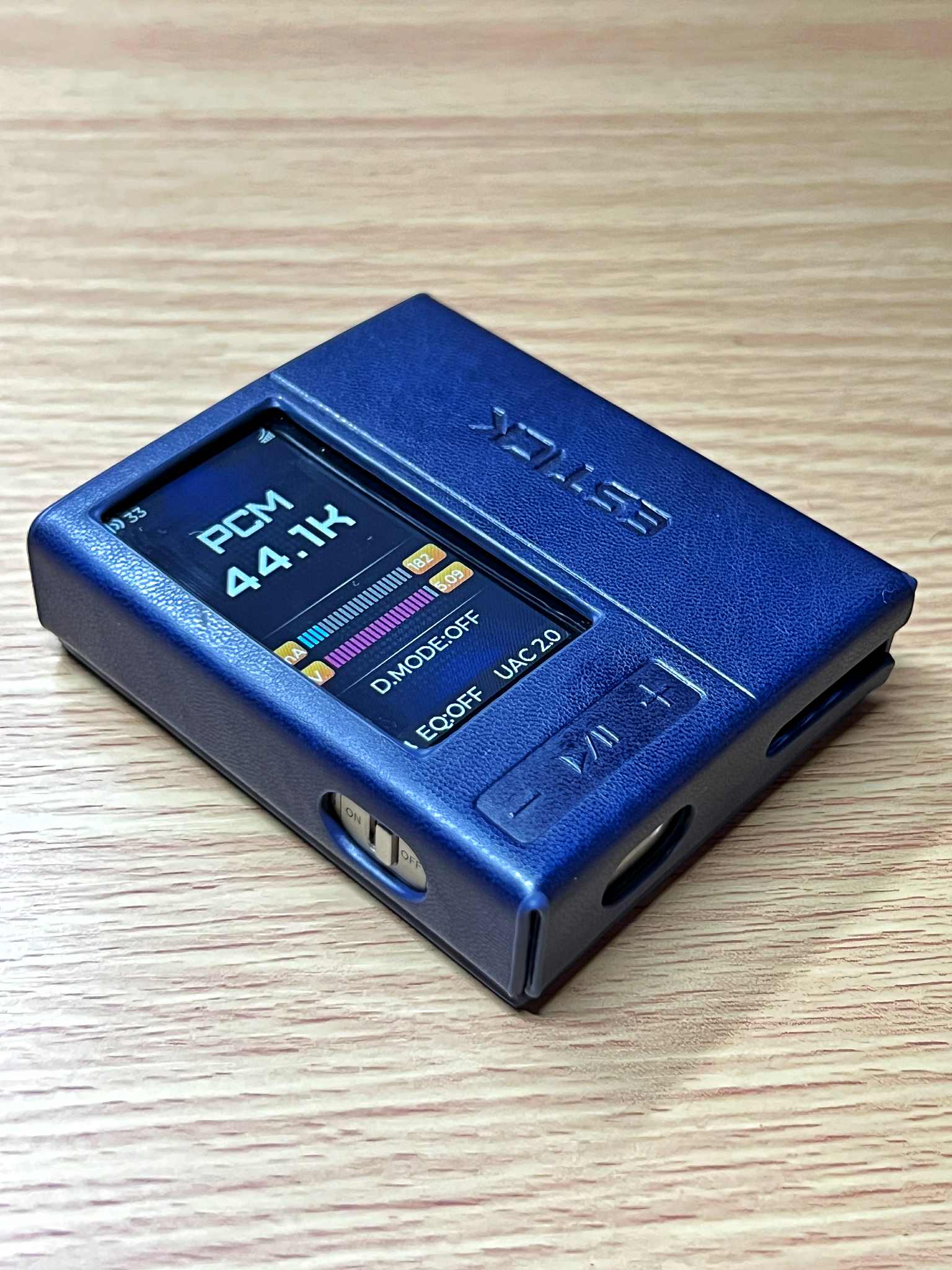
Now about the case this one deserves a mention. FiiO includes a magnetic leatherette case with the QX13, and honestly, it feels solid. It's got that soft, slightly padded feel that gives you confidence it’ll protect your gear, and it fits the QX13 like a glove. Not too loose (like the ka15 case) , not too tight. And there is also a case you can purchase separately designed for when using the qx13 with the Estick, FiiO’s capsule-sized 1100mAh power bank. Originally made for the KA17, but it works seamlessly here too. You can attach it via the side usb port on the qx13, and it’ll power the QX13 in desktop mode. when charging the Estick there is no need to disconnect anything or not need to remove it all from the case, just enable the charging mode on the settings menu and plug your type c charger on the qx13 main usb port.
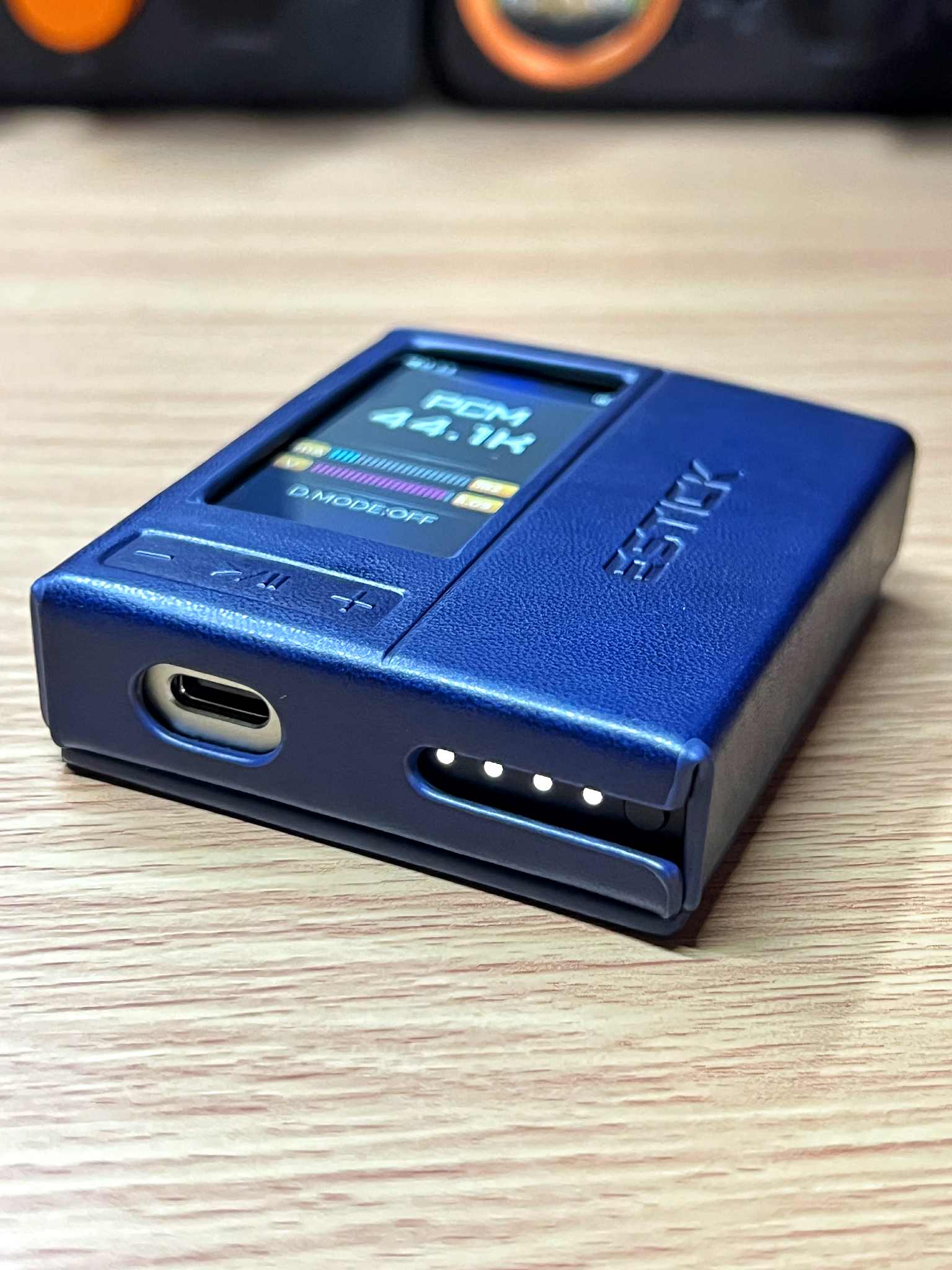
Everything about this UI and accessory combo feels thought-out. It’s not just about having features it’s about making them actually usable without friction.
Power Output & Pairing
Let’s talk about what really matters with any dongle DAC can it drive your gear without breaking a sweat? With the QX13, the answer is a very confident yes. This isn’t just “pretty strong for a dongle” this thing delivers real amp-level power, the kind that used to require a brick-sized unit. And it does it without turning into a mini furnace or blasting background hiss into your IEMs.
Here’s a clearer breakdown of the QX13’s output:
Mode Load SE Output BAL Output
Non-Desktop Mode 32Ω 250mW + 250mW 570mW + 570mW
Desktop Mode 32Ω 310mW + 310mW 900mW + 900mW (!)
Desktop Mode 300Ω 35mW + 35mW 115mW + 115mW
Those are some serious numbers, especially on the balanced side. 900mW + 900mW at 32Ω is honestly wild for something this small. That's enough power to handle full-sized planars, high-impedance dynamics, and pretty much anything in the portable space. For context, it makes the KA17’s 650mW look tame.
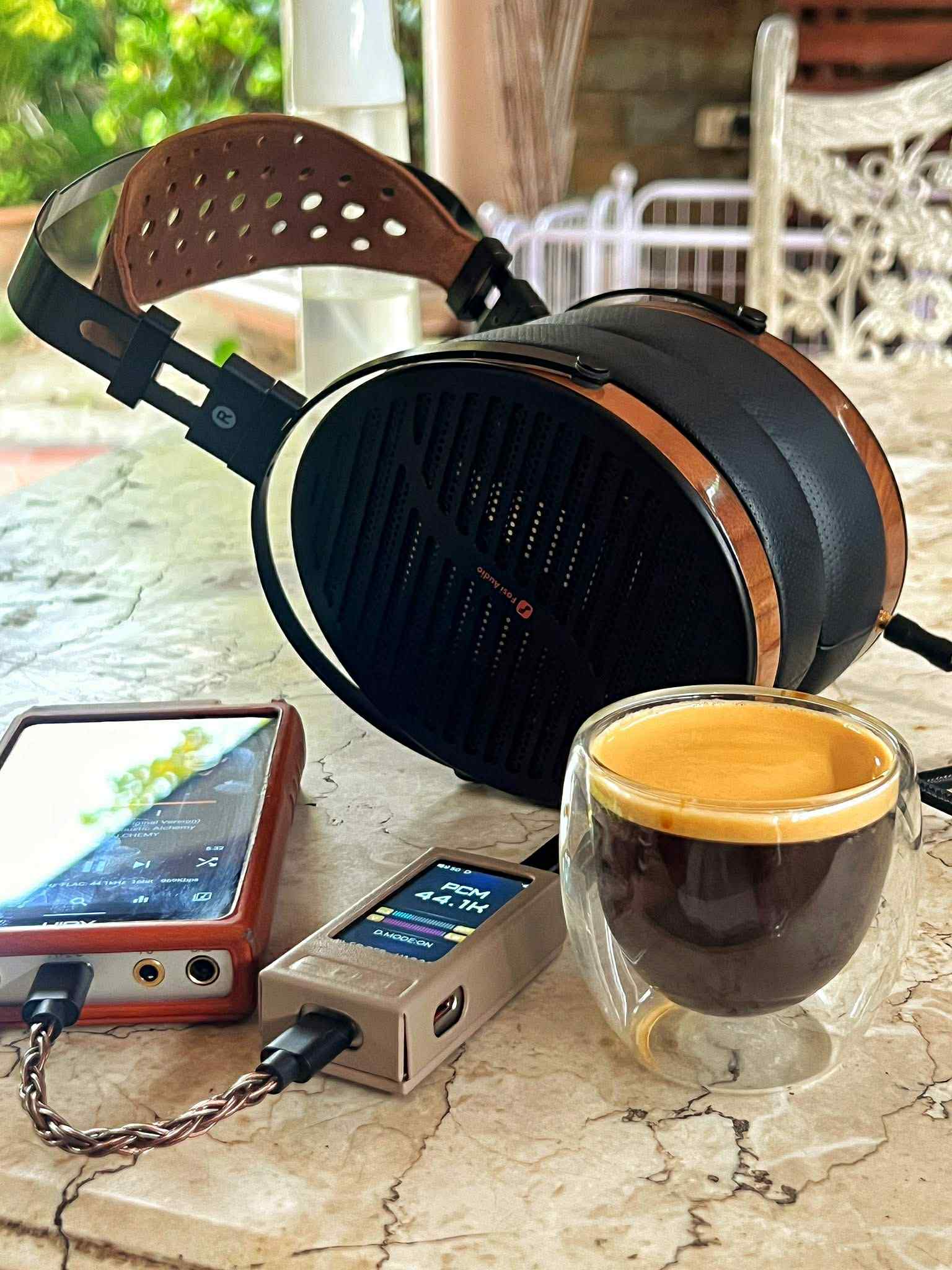
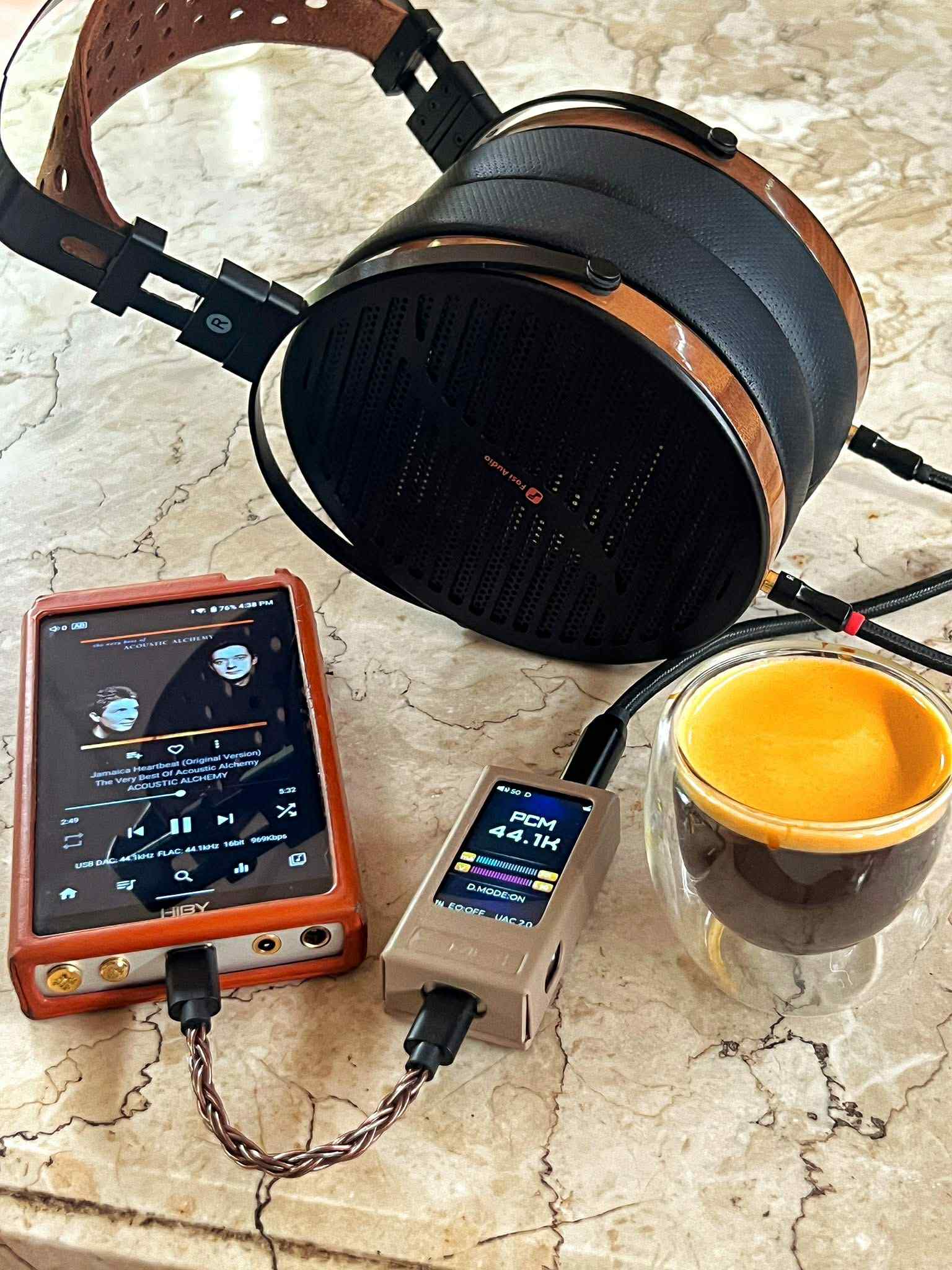
I tested the QX13 across a wide range of gear just to see if anything could choke it out. Spoiler: nothing did.
Planars & Headphones Tested:
Fosi i5 planar No problem at all. Even at moderate volume, it had full control. Bass hit with authority, dynamics were lively.

Sivga Anser – Easily driven with excellent stage and detail.
HiFiMan HE400se – These usually need a bit of juice to sound alive. The QX13 delivered with headroom to spare.
Kiwi Ears Altruva – Scale beautifully on desktop mode, and QX13 kept them tight, airy, and fast.
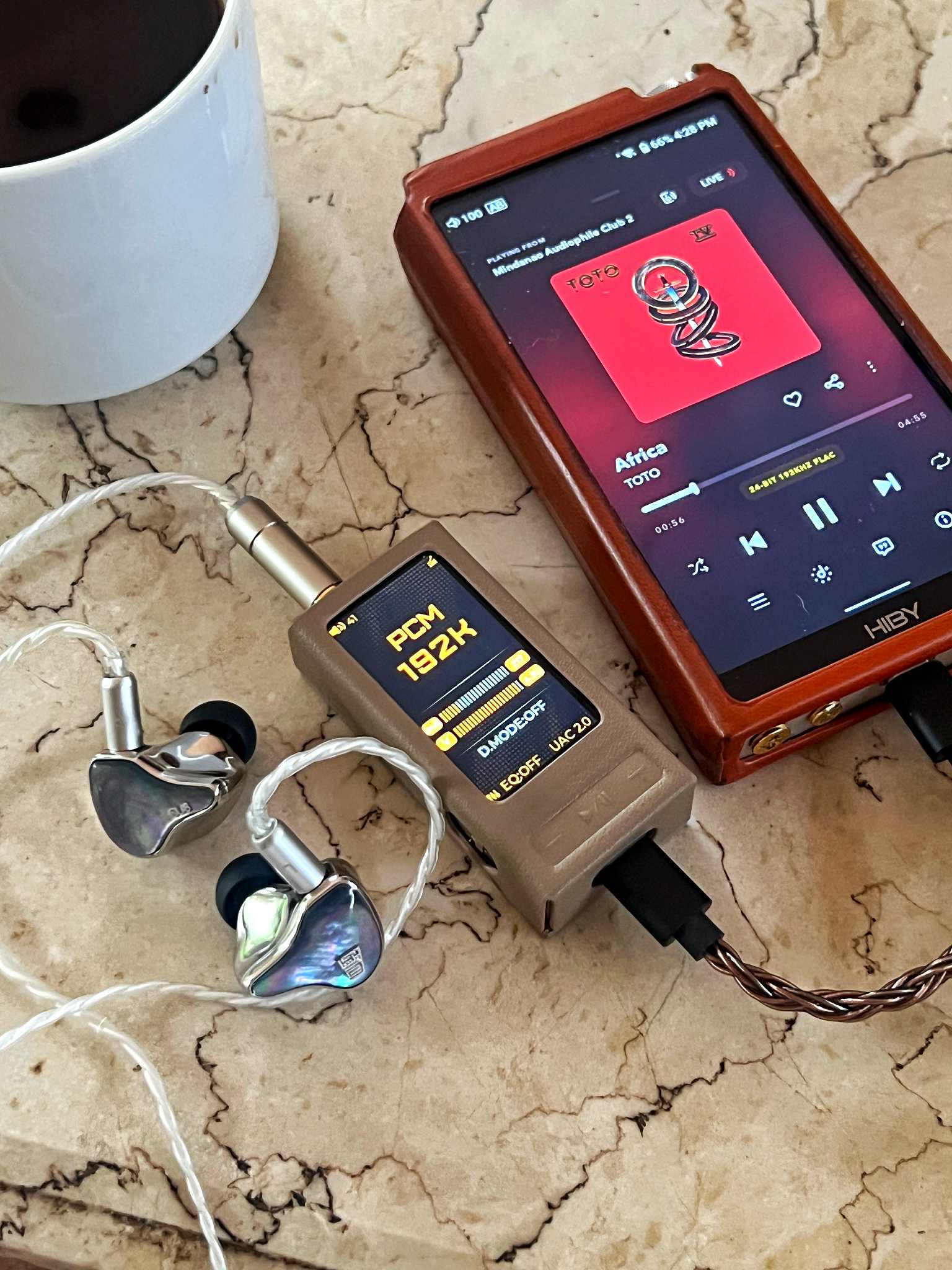
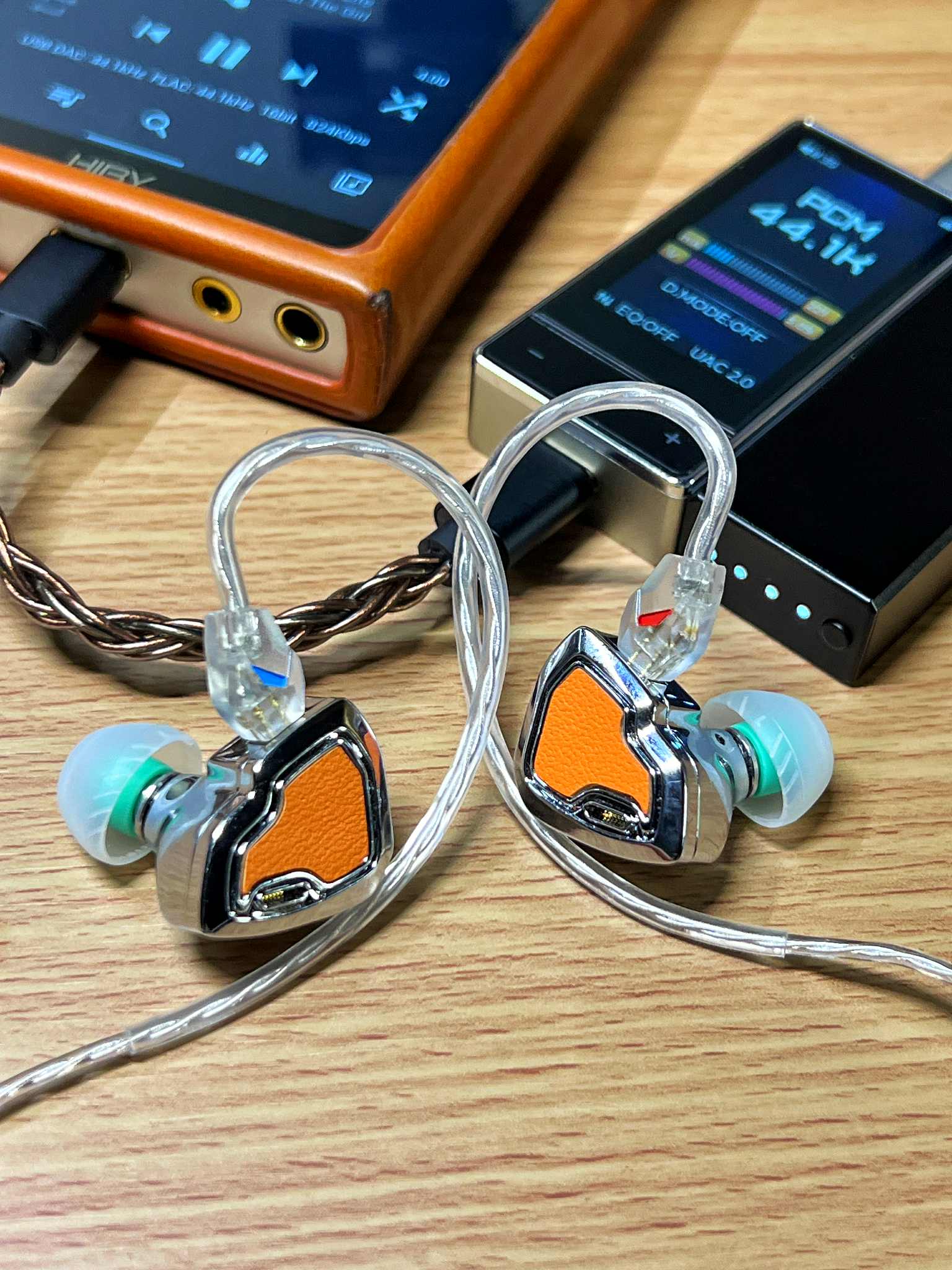
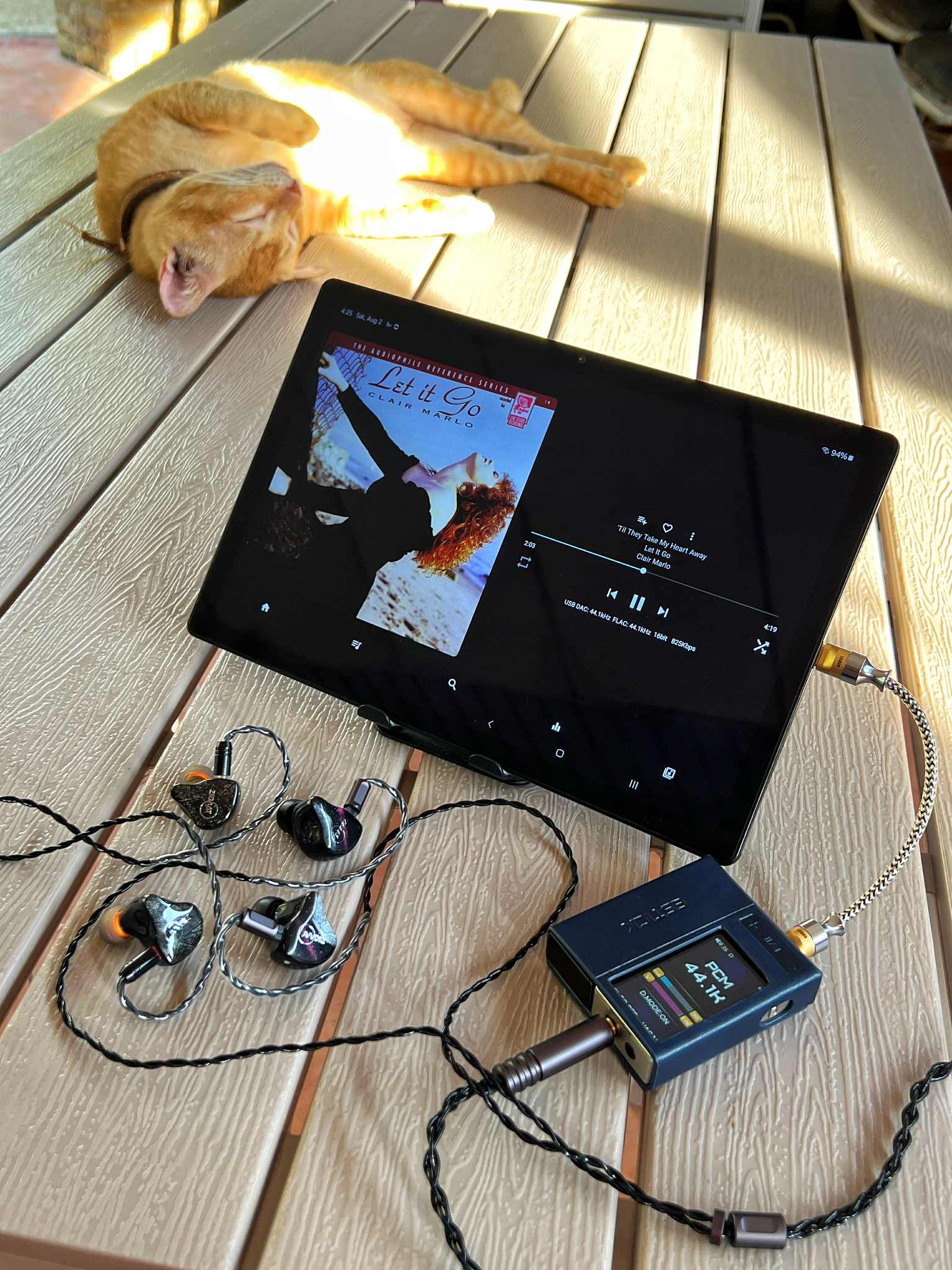

IEMs Tested:
Hidizs MP145
Binary Dynaquattro
Punch Audio Martilo
Ziigaat Crescent
7Hz Five
Heartfield CU8
Kiwi Ears Astral & Septet
FiiO FP3
Even sensitive IEMs behaved nicely. I didn’t experience any hiss or weird digital noise, which is something you do get on some high-output dongles. The noise floor here is super low, it’s something you can hear (or rather, not hear). The background stays pitch black, even when you’re not playing anything.
When you switch over to desktop mode, the QX13 really stretches its legs. This is where it feels like you’re running a legit desktop stack. It tightens the low-end, opens up the stage, and gives headphones more grip and speed. It’s not just louder it’s more authoritative. Transients feel sharper, imaging improves, and dynamics punch harder.
What surprised me the most is how consistent the QX13 sounded across everything I threw at it. Whether I was using a demanding planar or an easy-to-drive IEM, the tonality stayed clean, balanced, and natural no bloated bass, no weird treble spikes, no overly sharp upper mids. Just solid, controlled sound with enough power to shape it properly.
So if you’ve got headphones or IEMs that scale with better amplification, the QX13 has what it takes to unlock their potential. And if you just want a quiet, clean dongle that doesn’t flinch with anything in your collection, this one checks all the boxes.
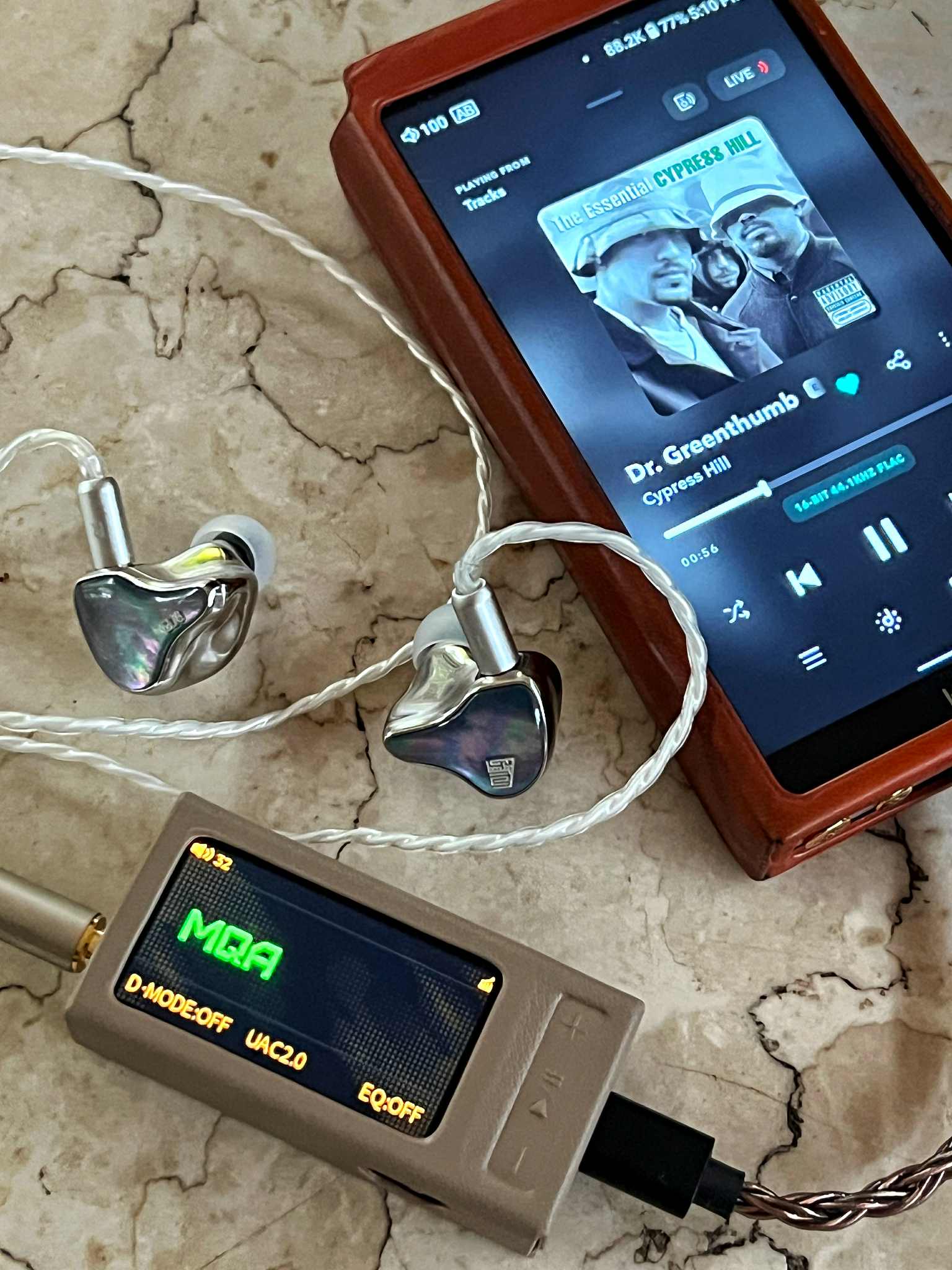
Sound Performance
FiiO’s dongles used to lean bright, even clinical at times. The QX13 shakes that off. It still delivers textbook ESS clarity and resolution, but with a surprisingly natural tone and slight warmth. Easily the most organic-sounding FiiO dongle I’ve heard to date.
Bass has impact, texture, and grip. It hits hard when called for, but doesn’t bloat or smear. Subbass is clean, with just enough rumble to satisfy.
Midrange is where this thing really shows off. Vocals feel real warm, full, detailed, never veiled. Female vocals in particular sound alive and expressive. Male vocals carry proper weight.
Upper mids are crisp but not shouty. They carry speed and clarity, especially with fast transients. You can fine-tune this depending on your filter of choice.
Treble is refined and relaxed. Airy and extended, but not etched or harsh. Compared to the KA15, this one sounds more open and natural on top, less fatiguing.
Soundstage & Imaging
For a dongle, the QX13 pulls off something pretty impressive, it creates a wide, deep, and immersive soundstage without sounding fake or overblown. A lot of dongles (and even some DAPs) try to stretch the soundstage just for the sake of sounding “big,” and you end up with something that feels artificial or disconnected. The QX13 doesn’t fall into that trap. It gives you space, but the kind that feels real, like you’re in a well-treated room with good speakers rather than some hollow, digital echo chamber.
There's a strong sense of depth, vocals sit center and slightly forward, instruments fall behind naturally, and there's noticeable layering from front to back. You can easily track where different elements are coming from. Whether it’s a jazz trio, orchestral strings, or layered electronic tracks, the placement is precise without being surgical.
Imaging is sharp but not sterile. You can point out the exact position of a hi-hat, background vocal, or ambient reverb trail, but it doesn’t lose musicality. It never crosses that line into sounding overly technical or detached. There’s still warmth and flow to how things are presented, it draws you into the music instead of just making you analyze it.
There’s also a bit of holographic depth to the way it handles stereo cues, especially with well-mixed binaural or ambient recordings. Sounds don’t just move left and right; they float diagonally, above, or behind your head. But again, it’s not some exaggerated “surround effect.” It feels like a natural extension of what the track is doing, not a DSP trick.
Overall, this is easily some of the best stage and imaging performance I’ve heard in any dongle, not just from FiiO. It’s not just impressive for the size, it’s genuinely enjoyable, detailed, and immersive in a way that holds up against larger setups.
Conclusion
The QX13 is easily the most complete and capable dongle FiiO has made to date. It doesn’t just raise the bar it blurs the line between a dongle and a compact desktop setup. Or maybe even a stripped-down DAP. Either way, it's in its own league.
You're getting serious power, enough to comfortably drive planars and high-impedance headphones without begging for more. The sound? Detailed, balanced, and surprisingly natural for an ESS-based device. The UI and screen? Not just for show. It’s genuinely useful and makes this thing feel like a proper device, not just an accessory hanging off your USB port.
Now, is it overkill if you’re only running sensitive IEMs? Maybe. If all you need is a small bump in quality over your phone’s built-in DAC, the QX13 might be more than you need. But if you're the type who rotates through planars, dynamic headphones, and IEMs and you want one device that can handle everything, without compromise, this is it.
Yeah, it's not the cheapest dongle out there. But look at what you’re getting: flagship ESS PRO DAC, six op-amps, full PEQ, 10-band EQ, real-time voltage/current monitoring, 900mW balanced output, and a screen that actually works. It's not just packed with features, it's thoughtfully built.
The QX13 isn’t trying to be for everyone, it’s built for people who want to take their portable audio seriously without hauling around a full rig. And if that sounds like you, this one’s a no-brain
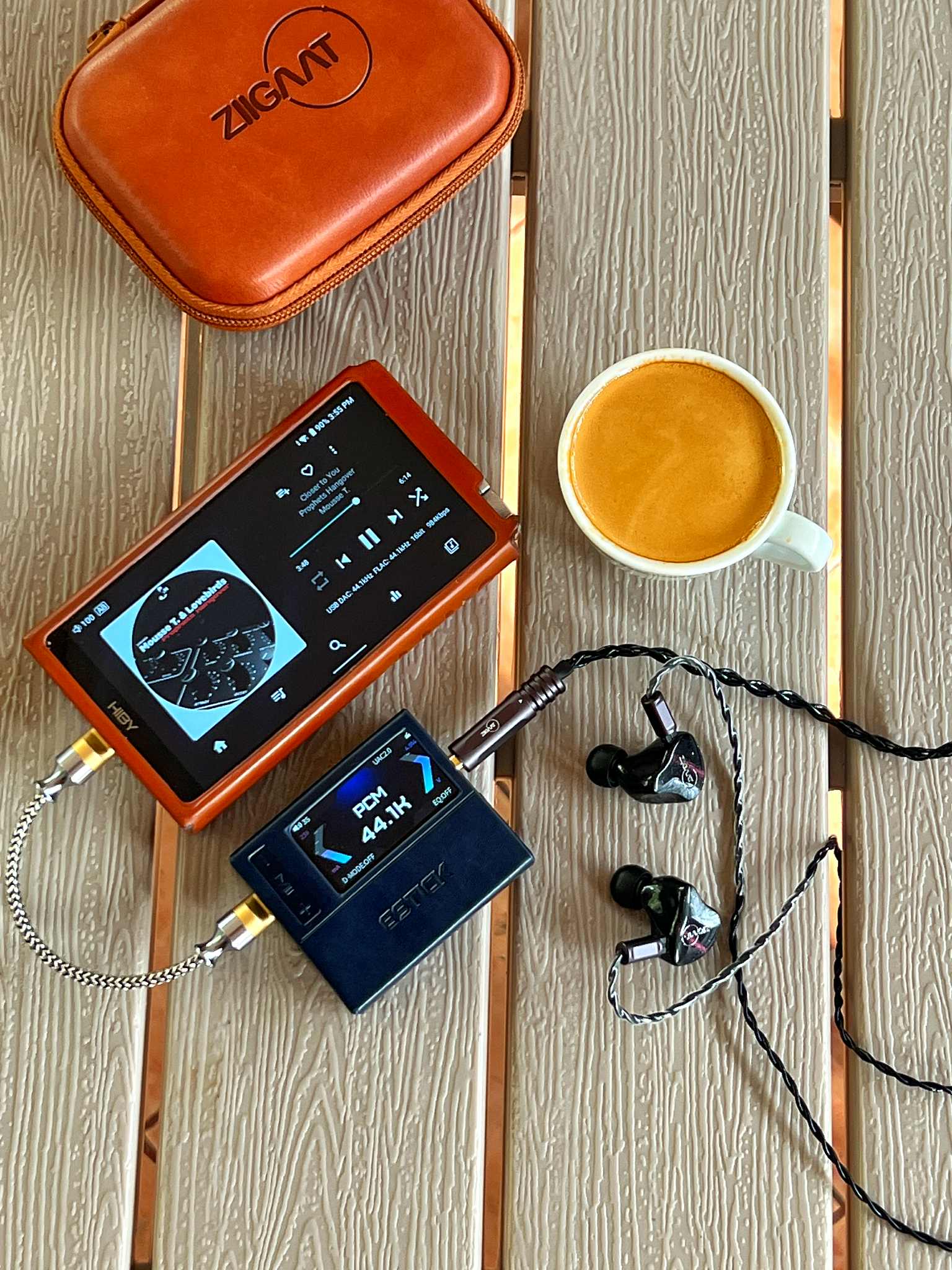
Verdict:
If the KA17 was already pushing dongle limits, the QX13 breaks through them. It’s more than just a dongle, it’s a portable desktop amp disguised as one

This one's staying in my rotation.
- Get link
- X
- Other Apps
- Get link
- X
- Other Apps
Comments
Post a Comment